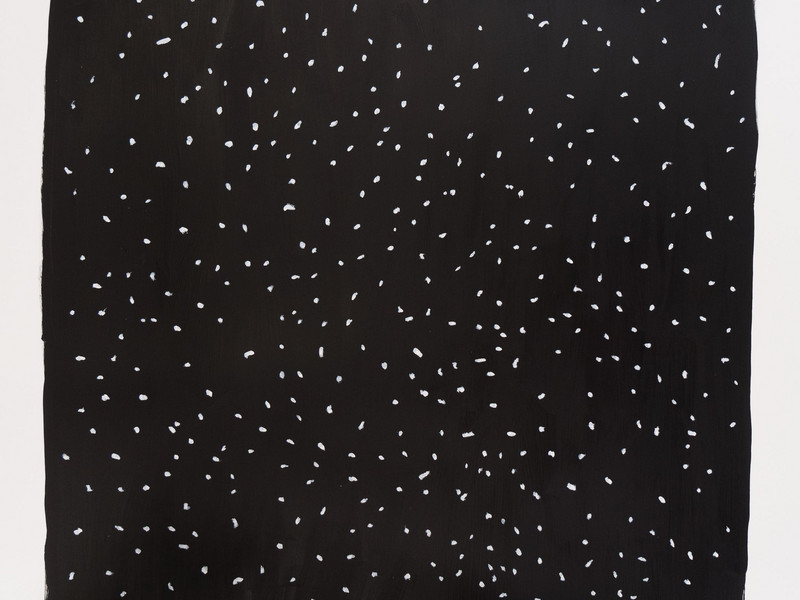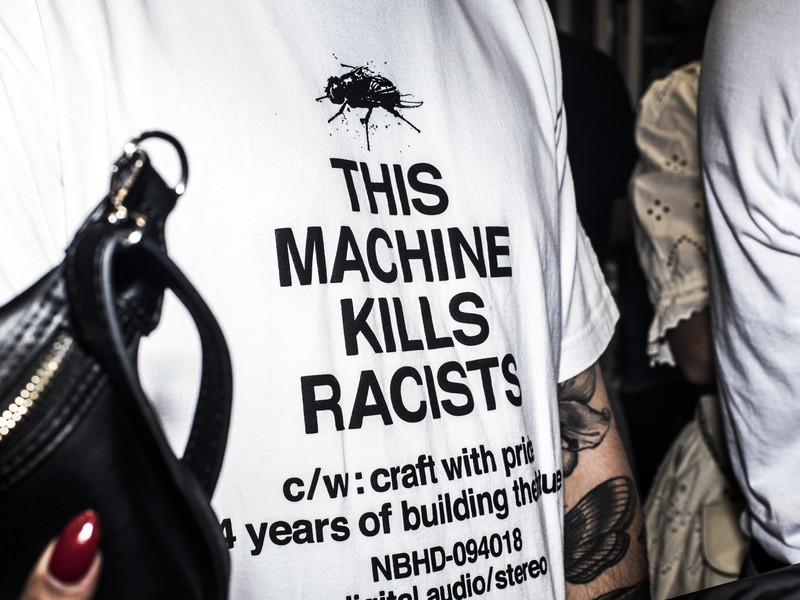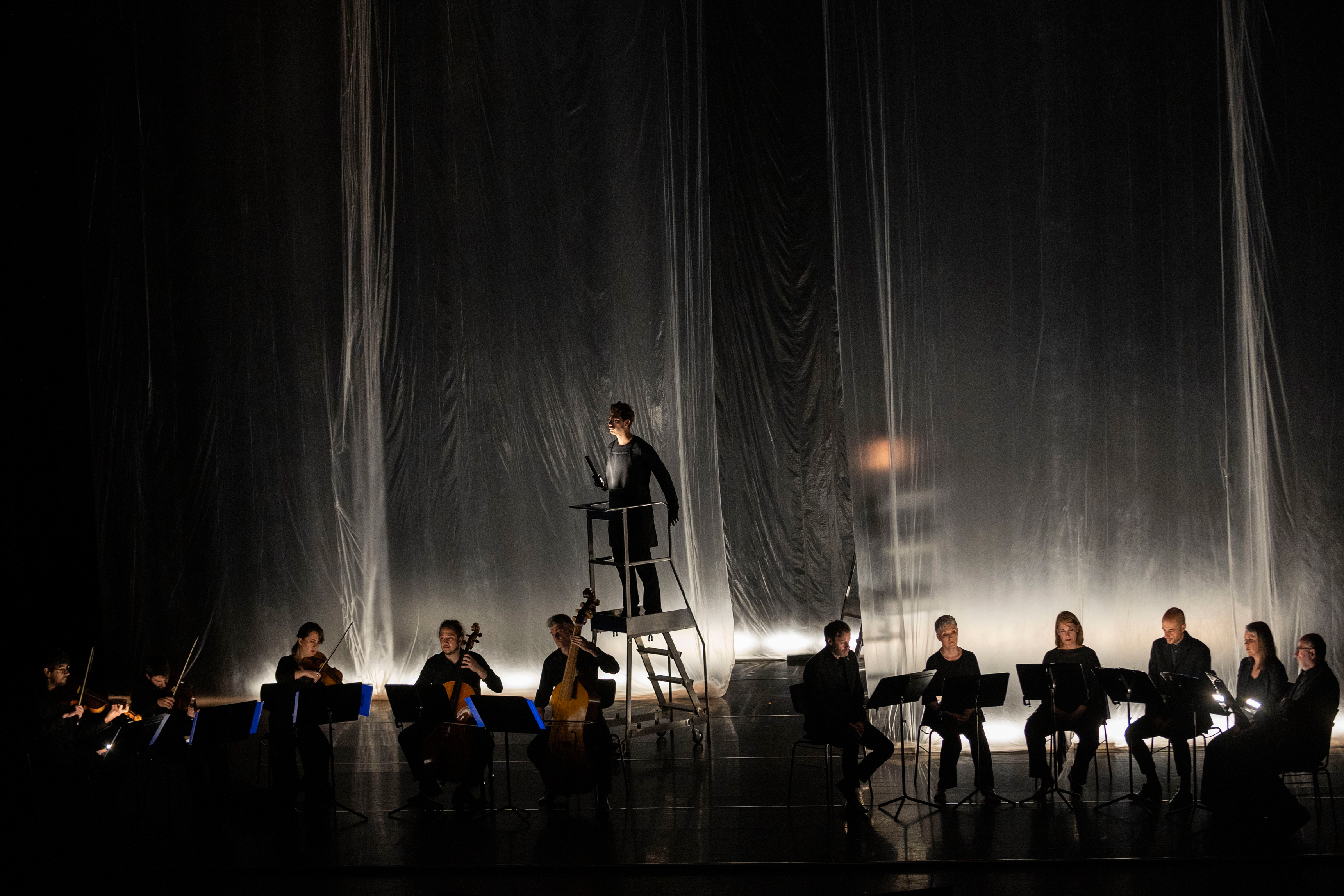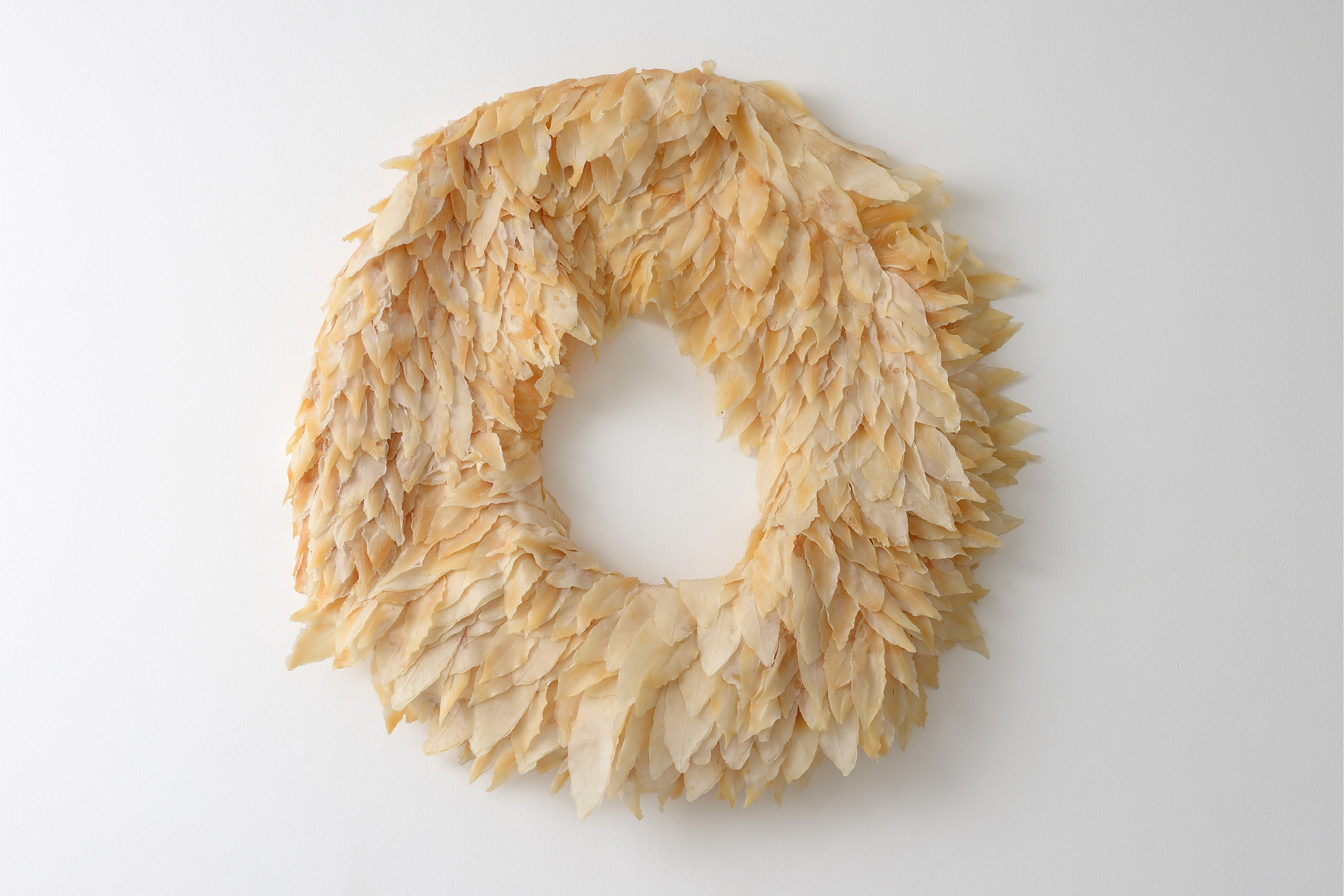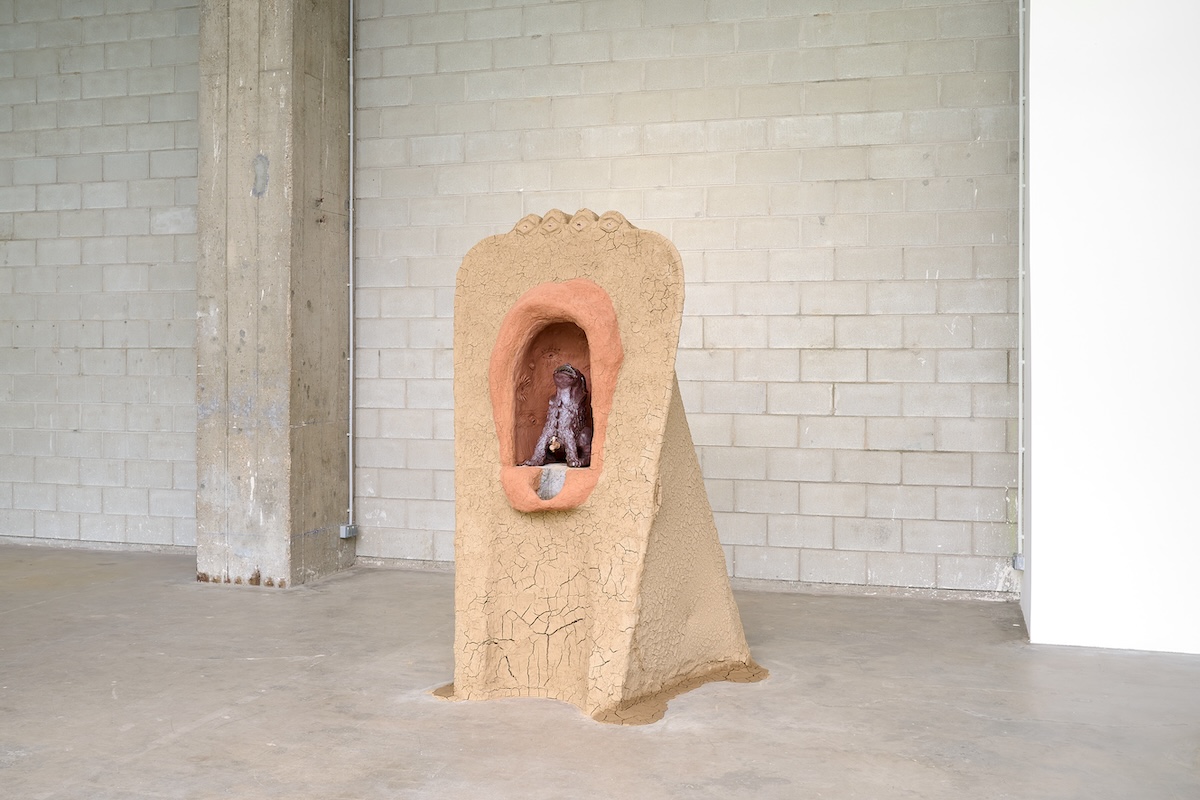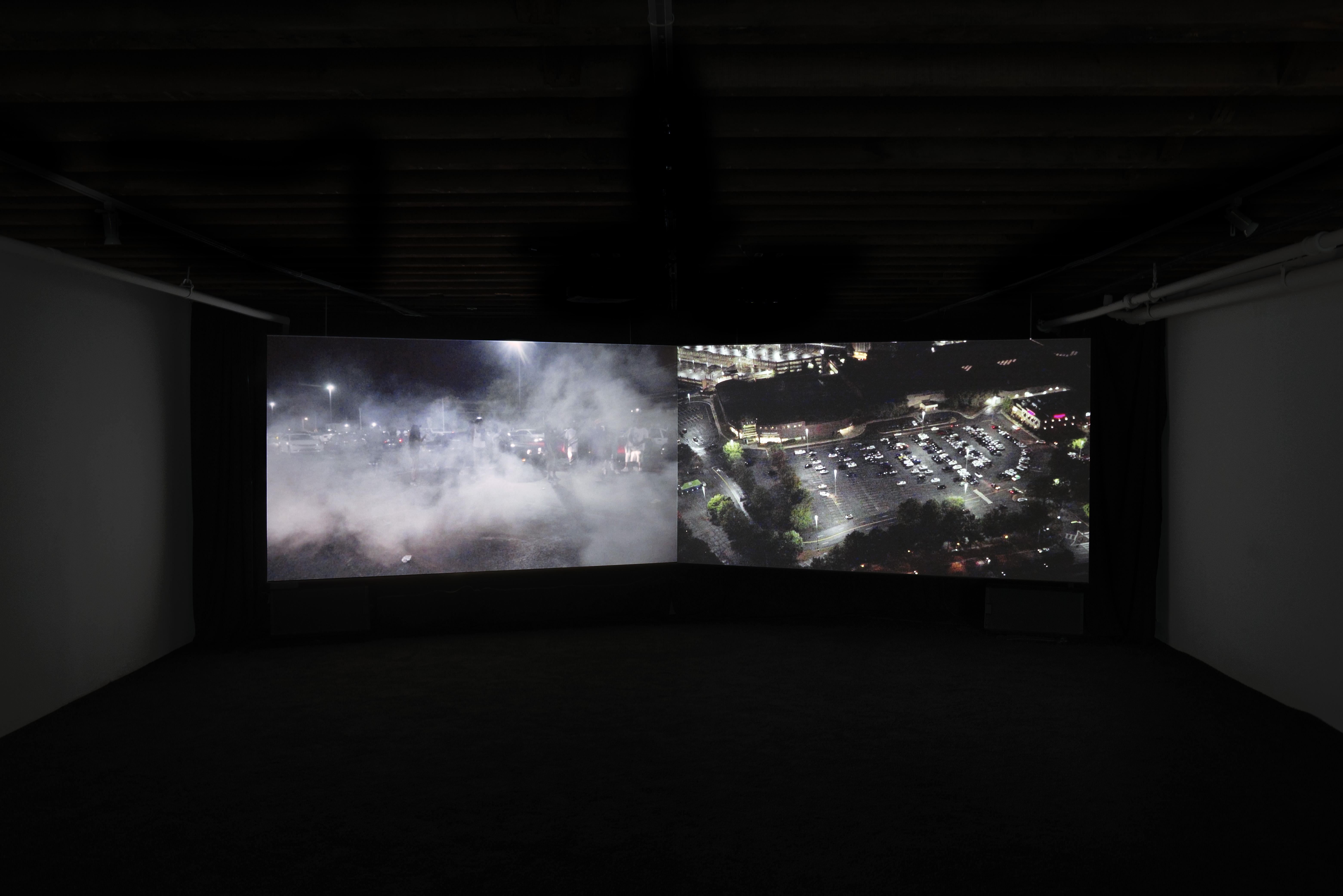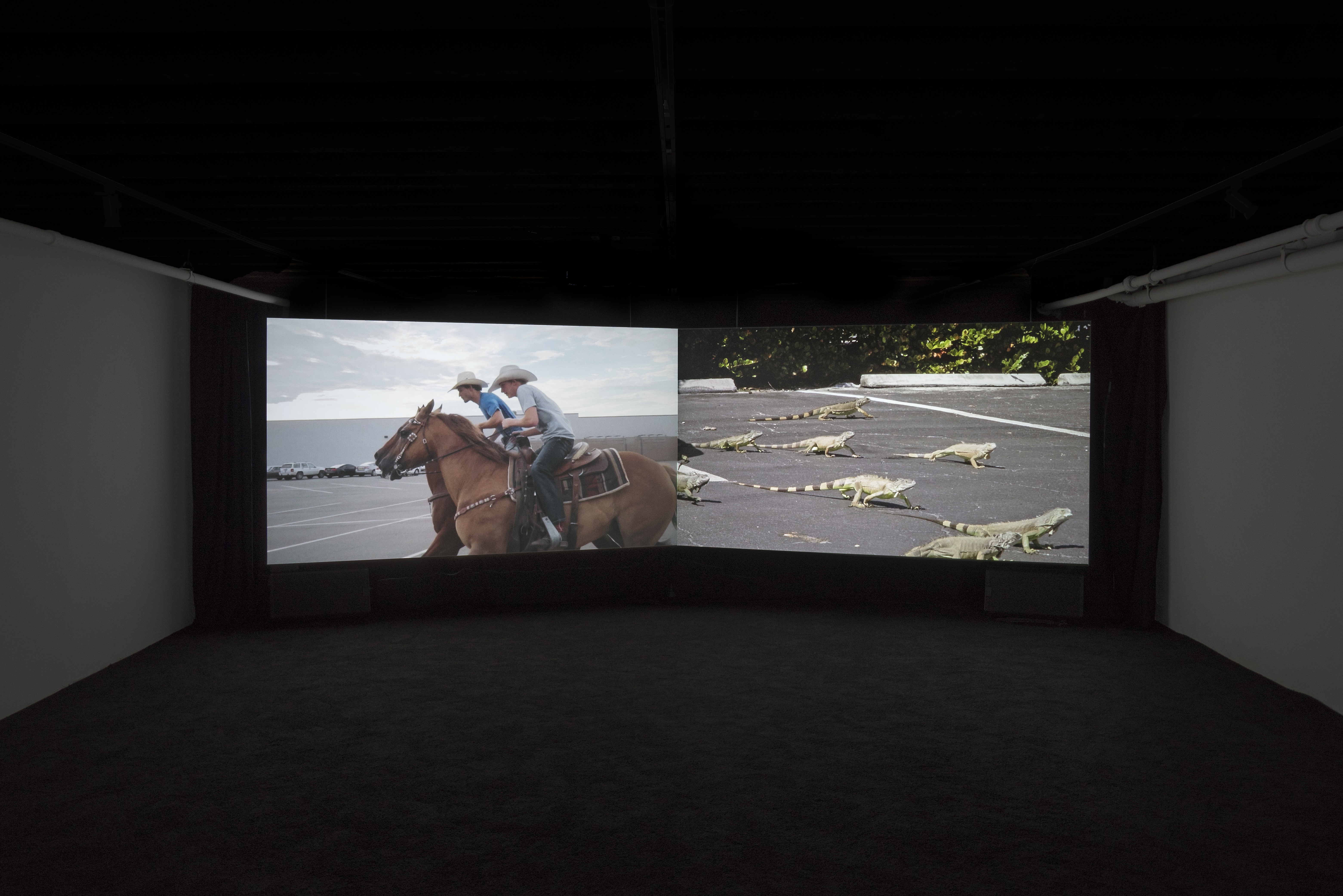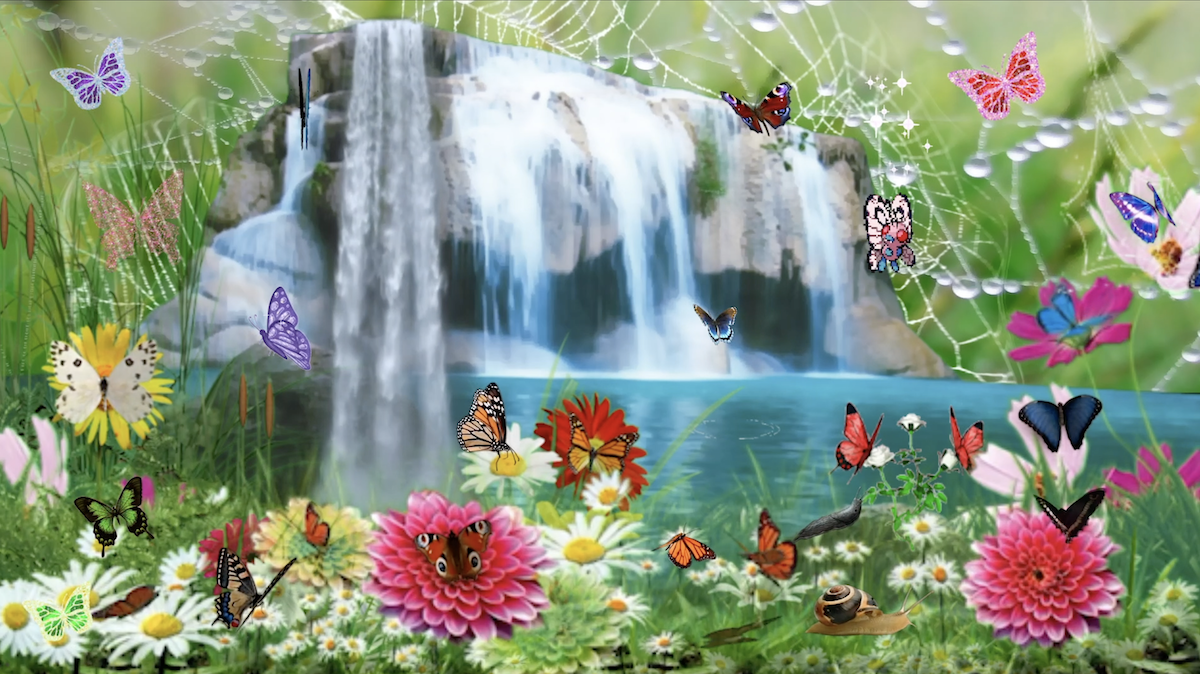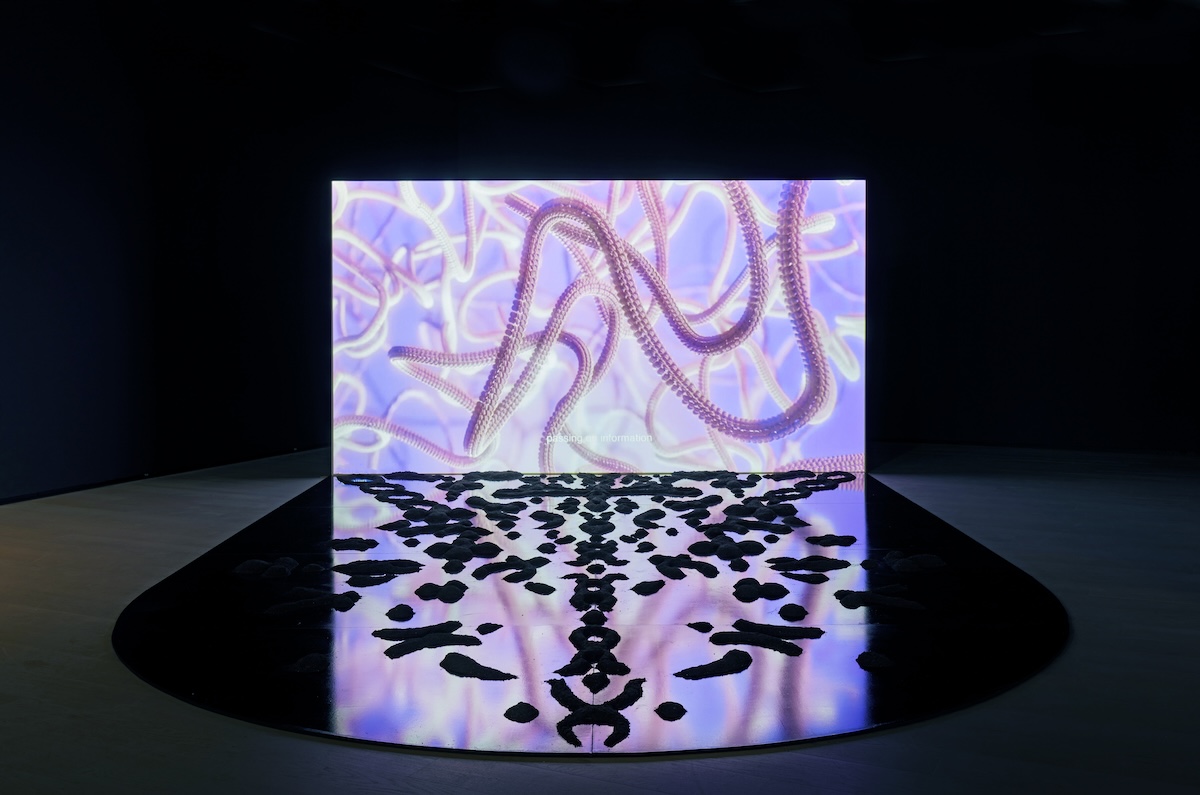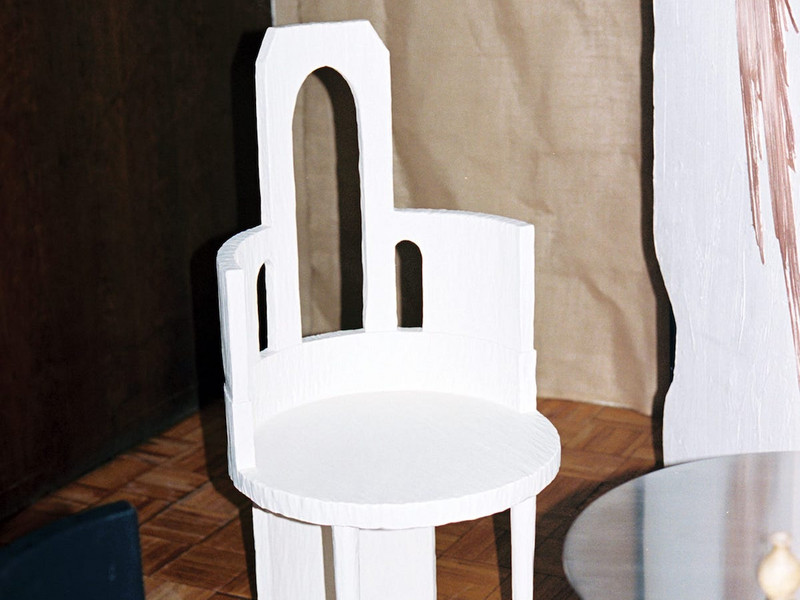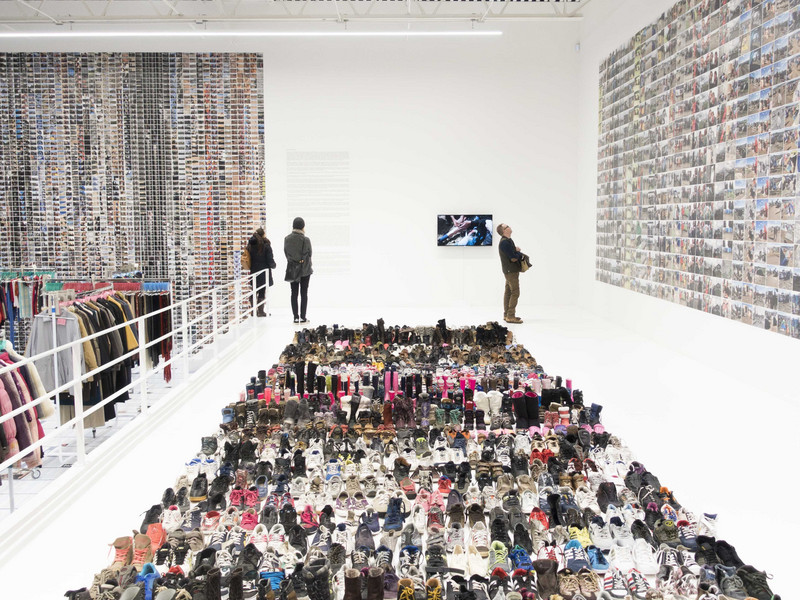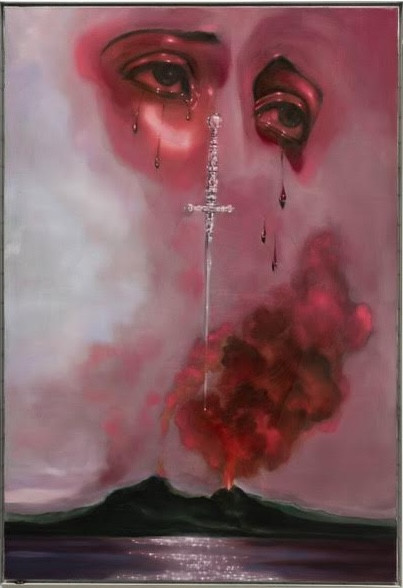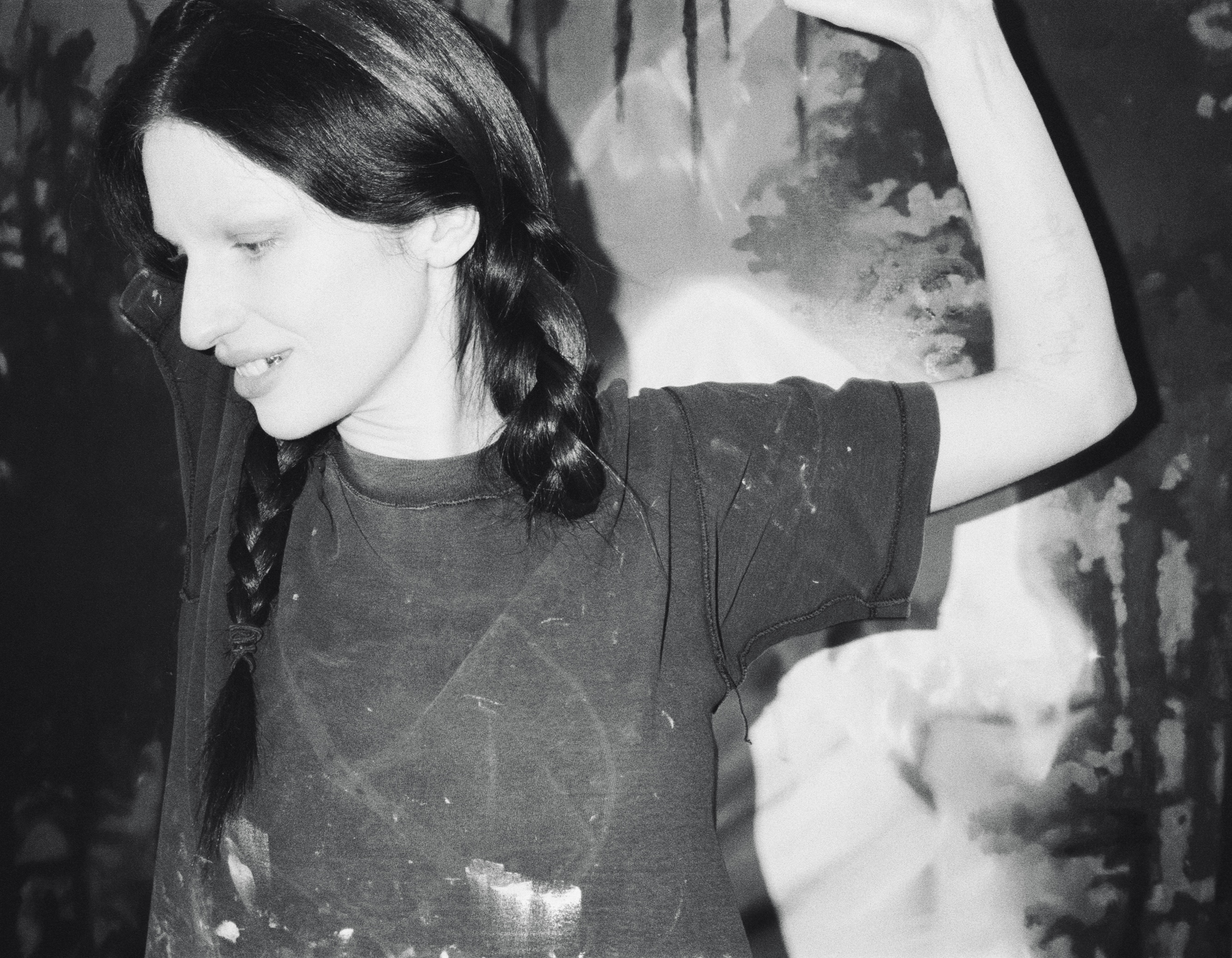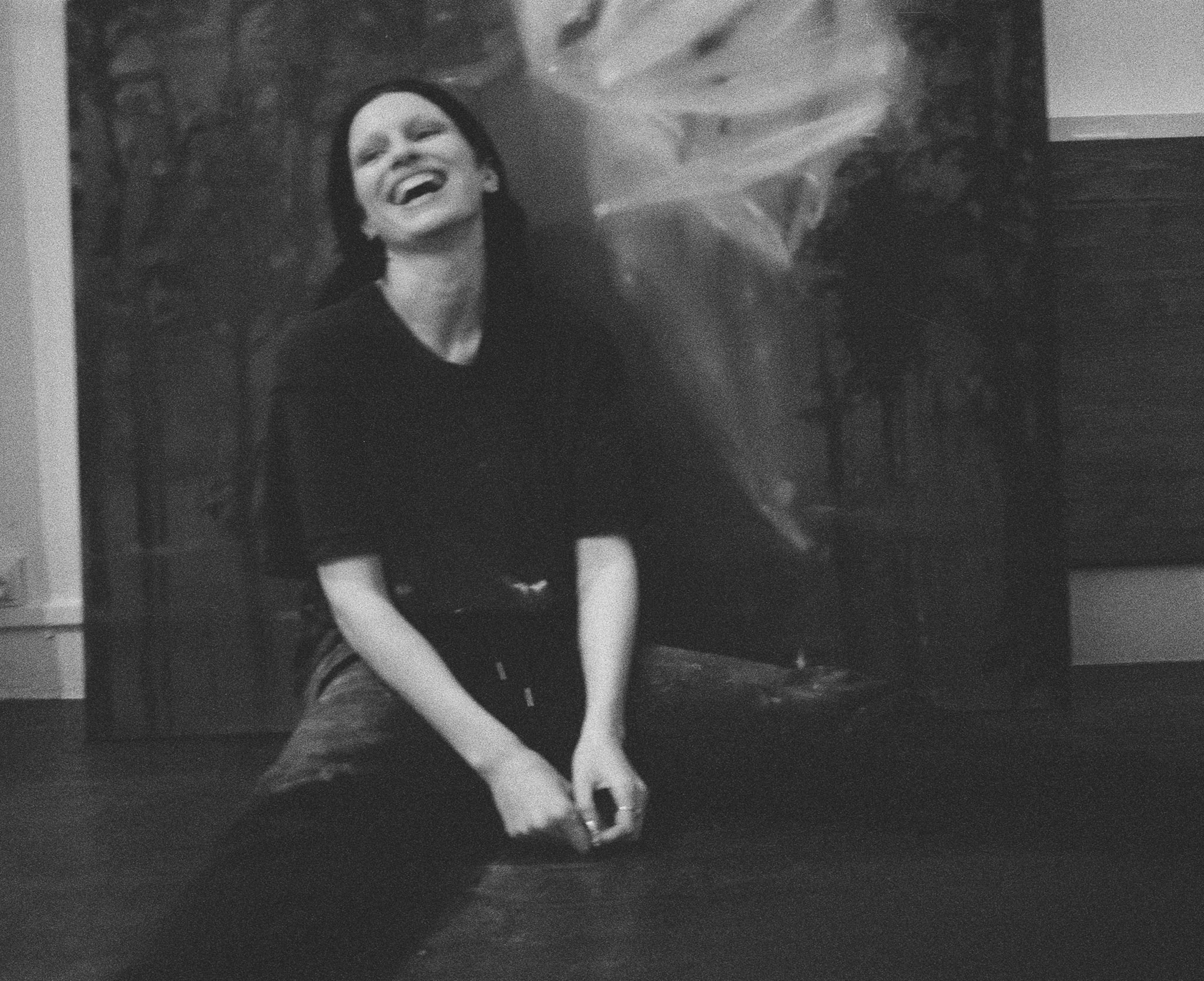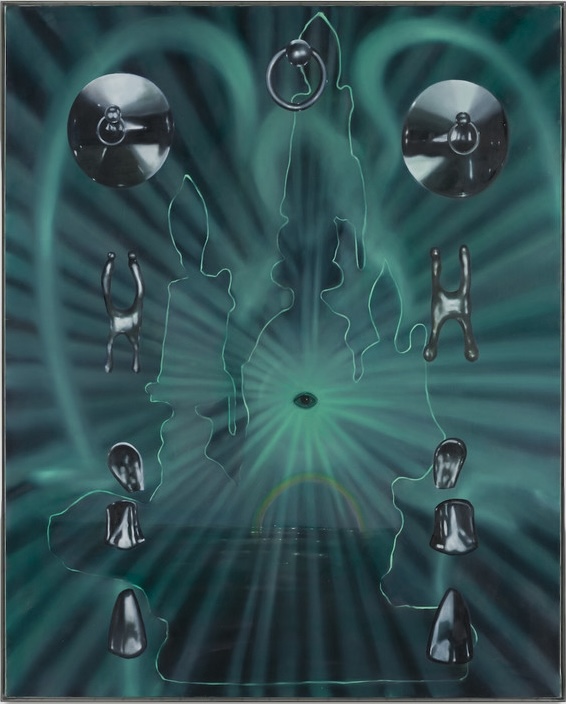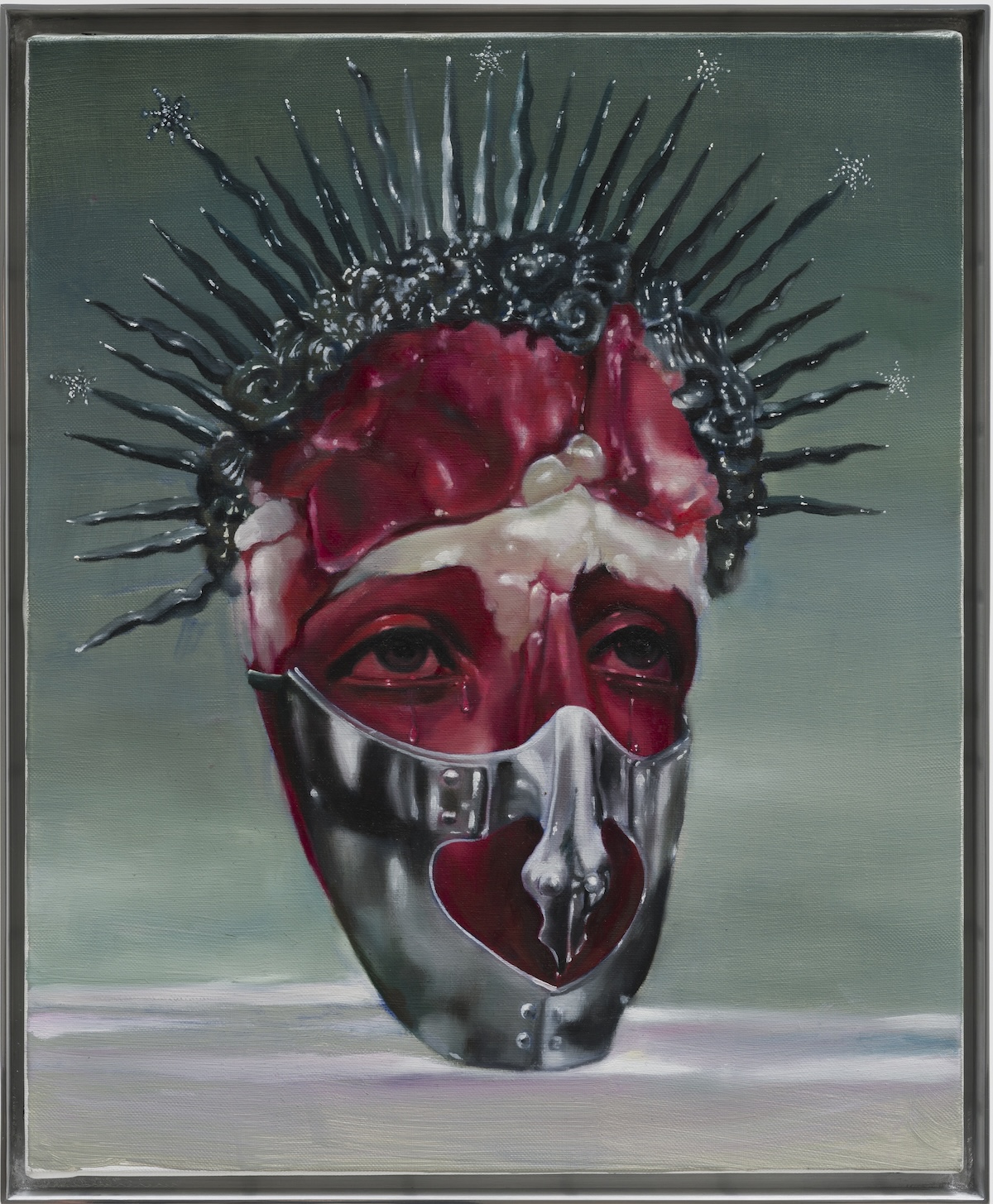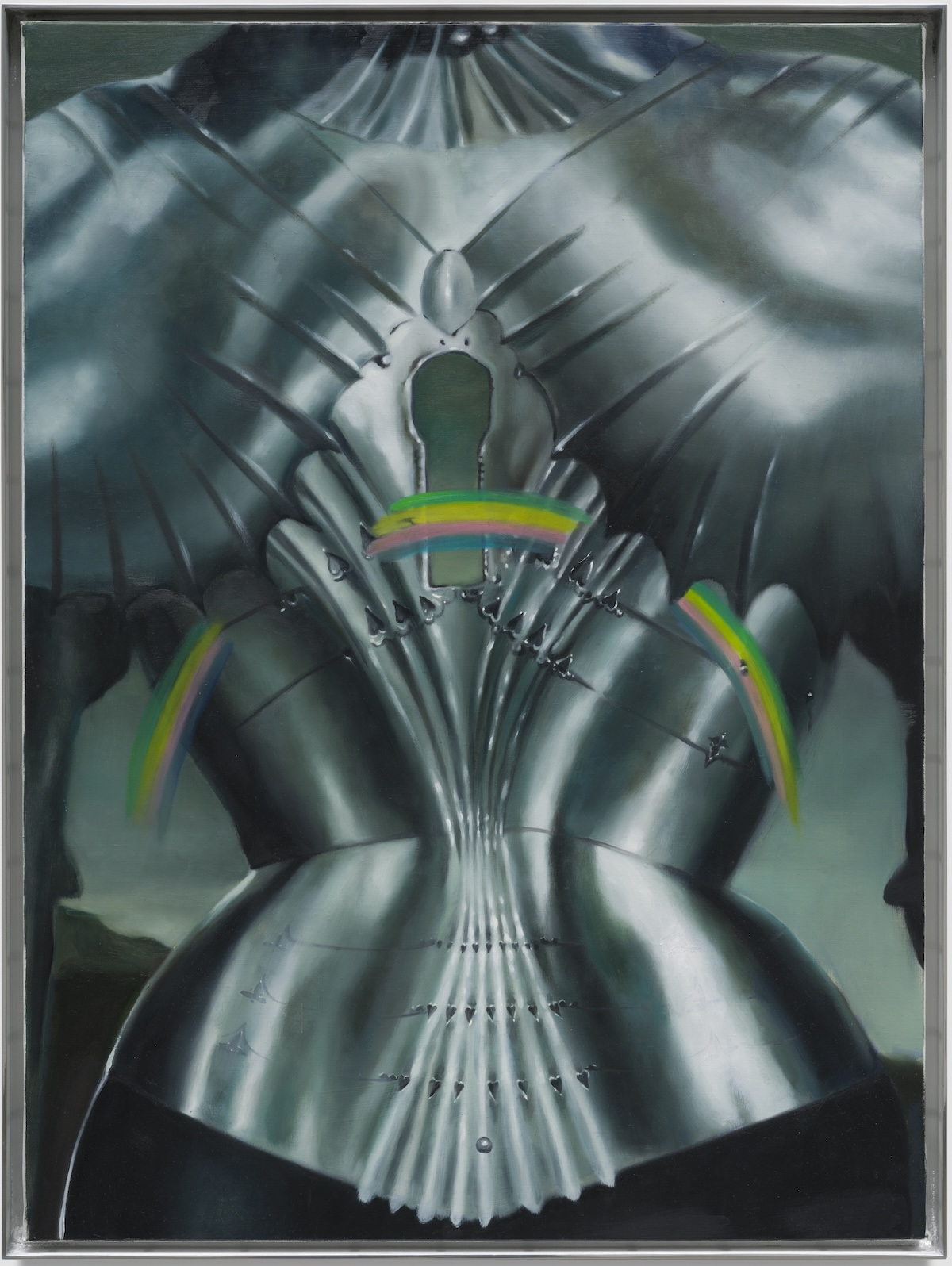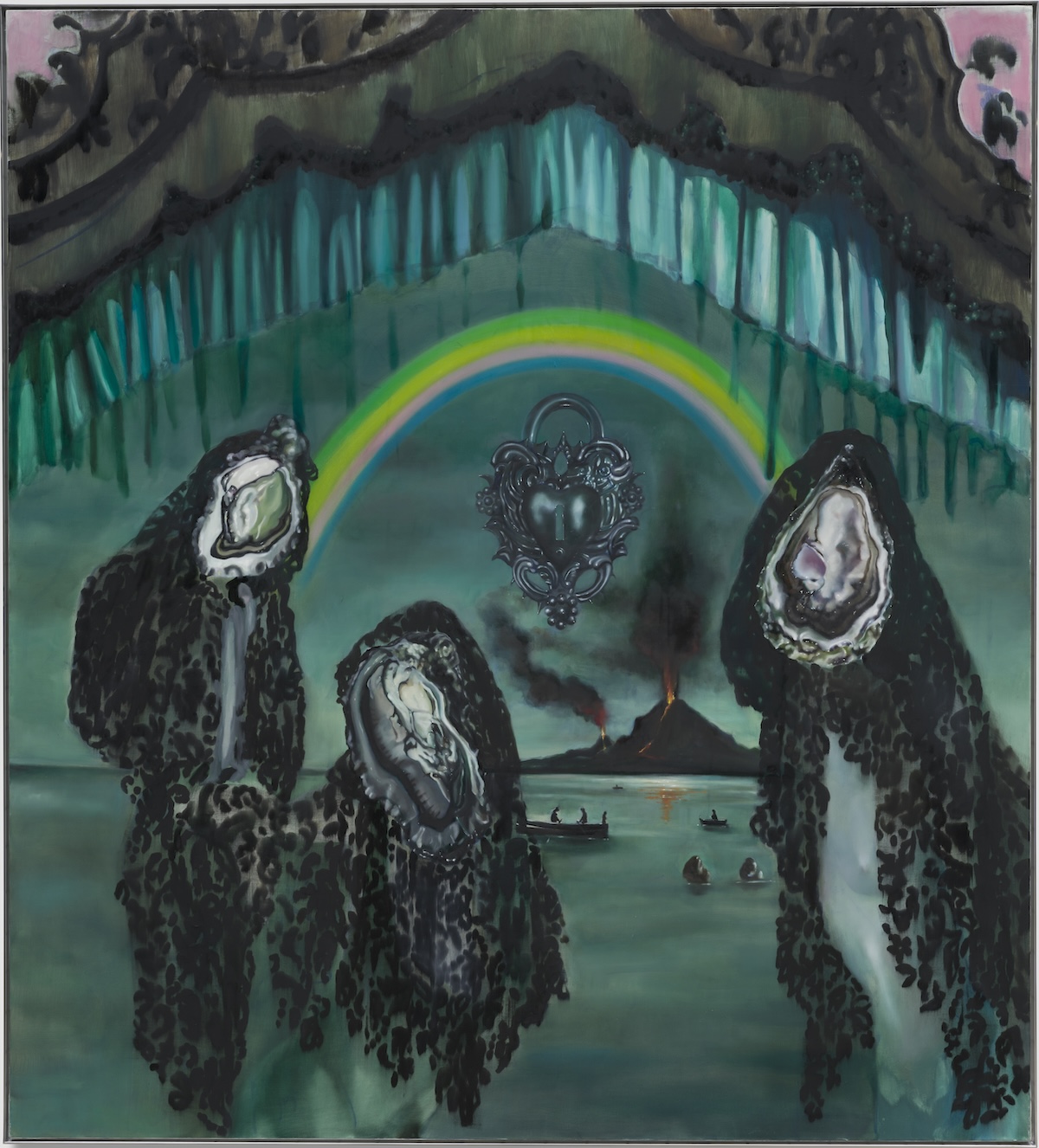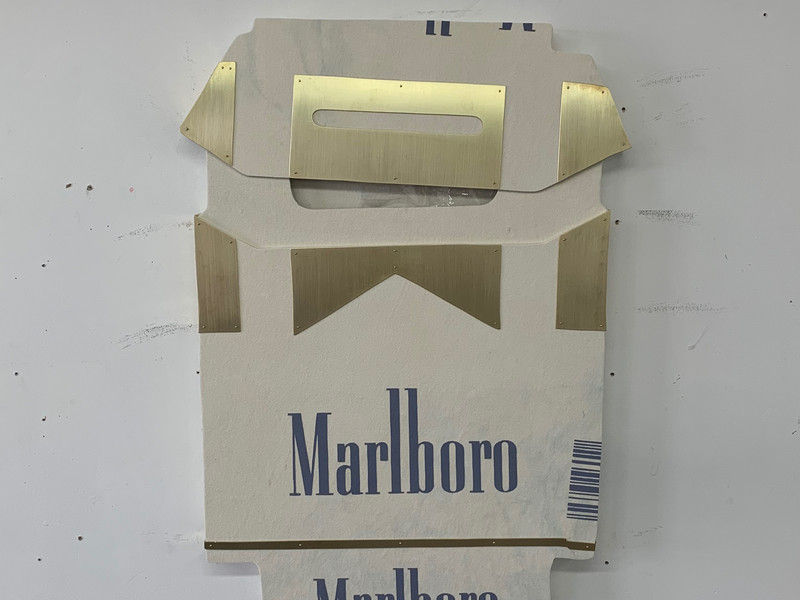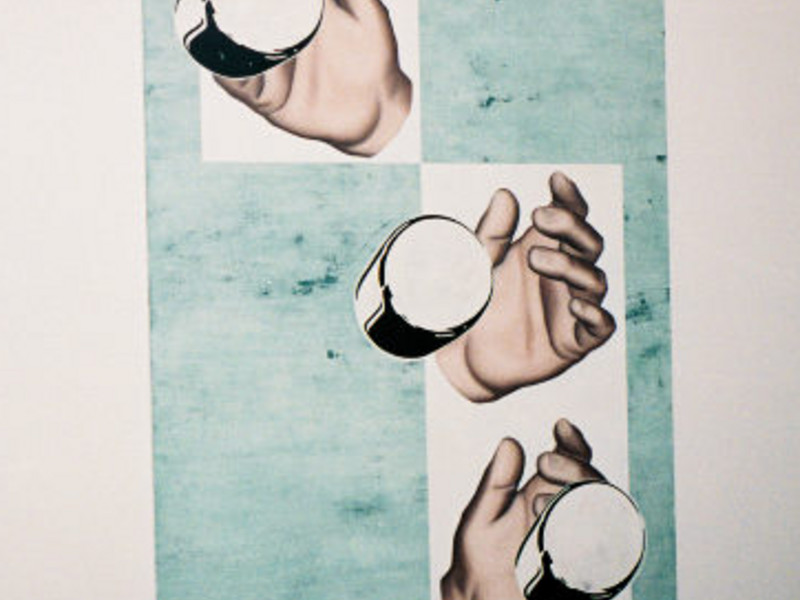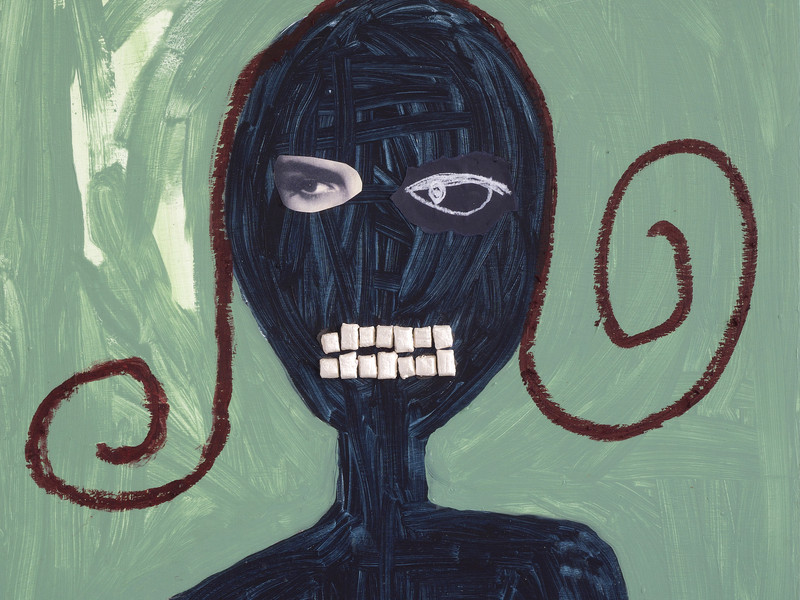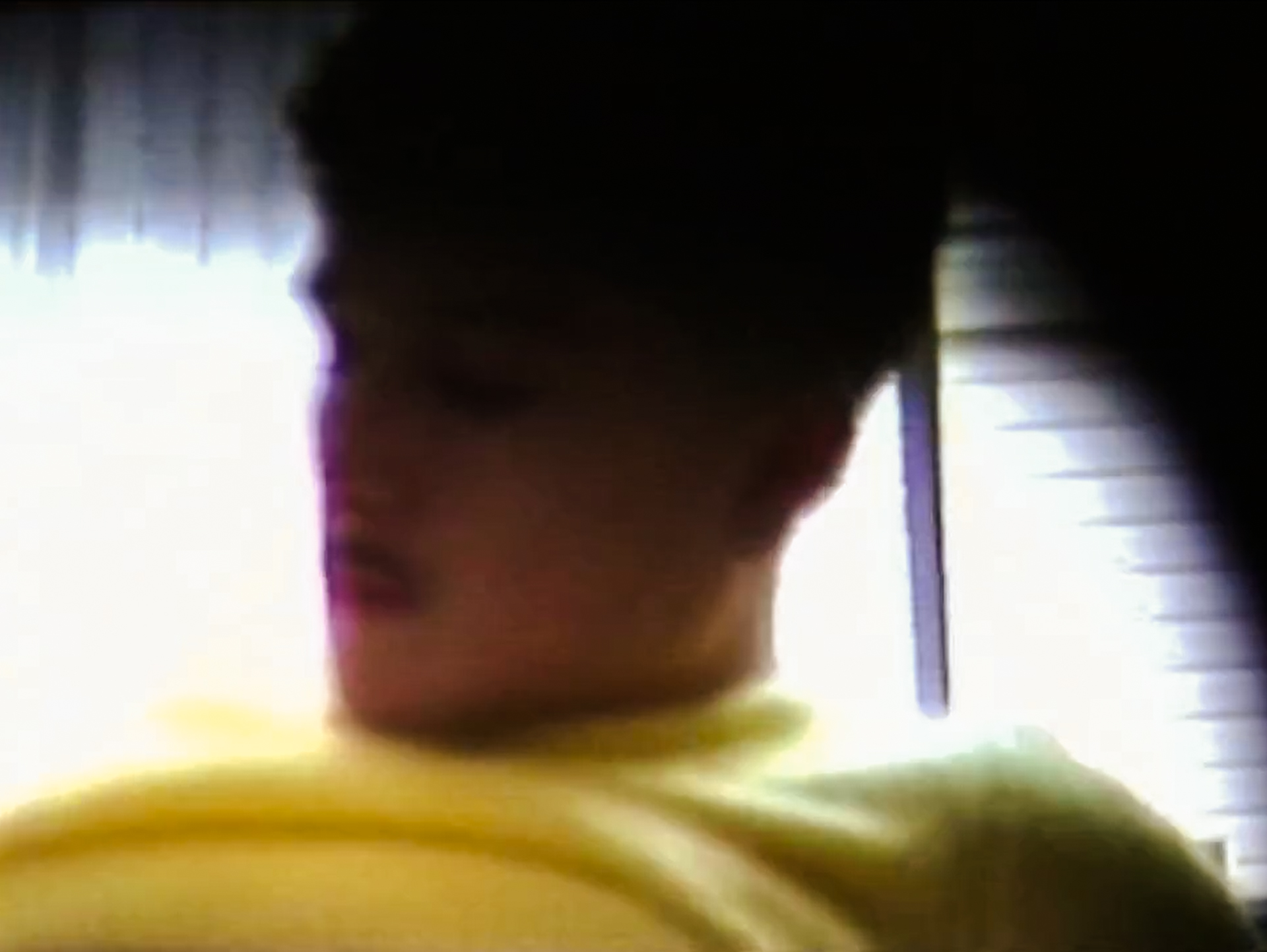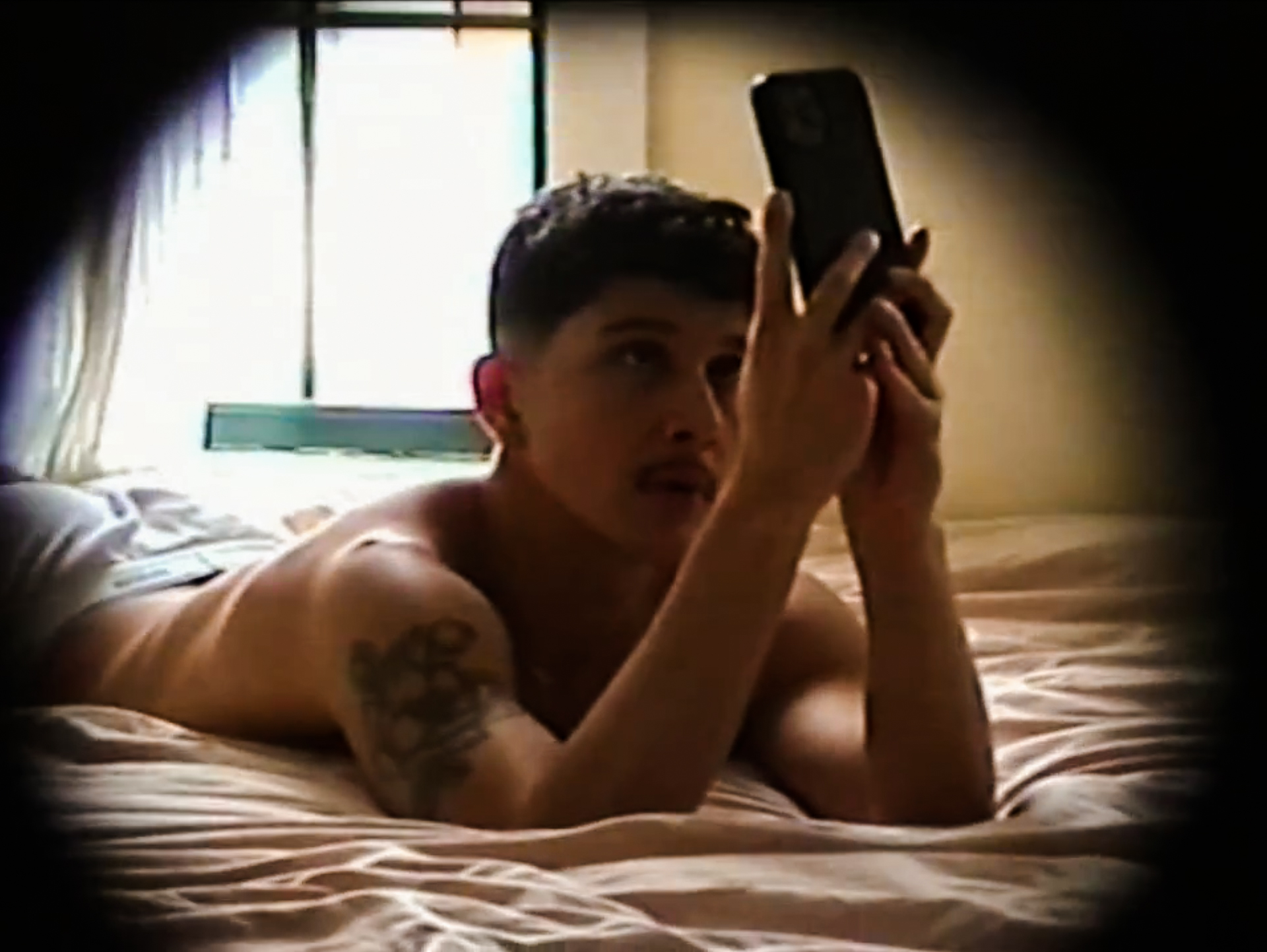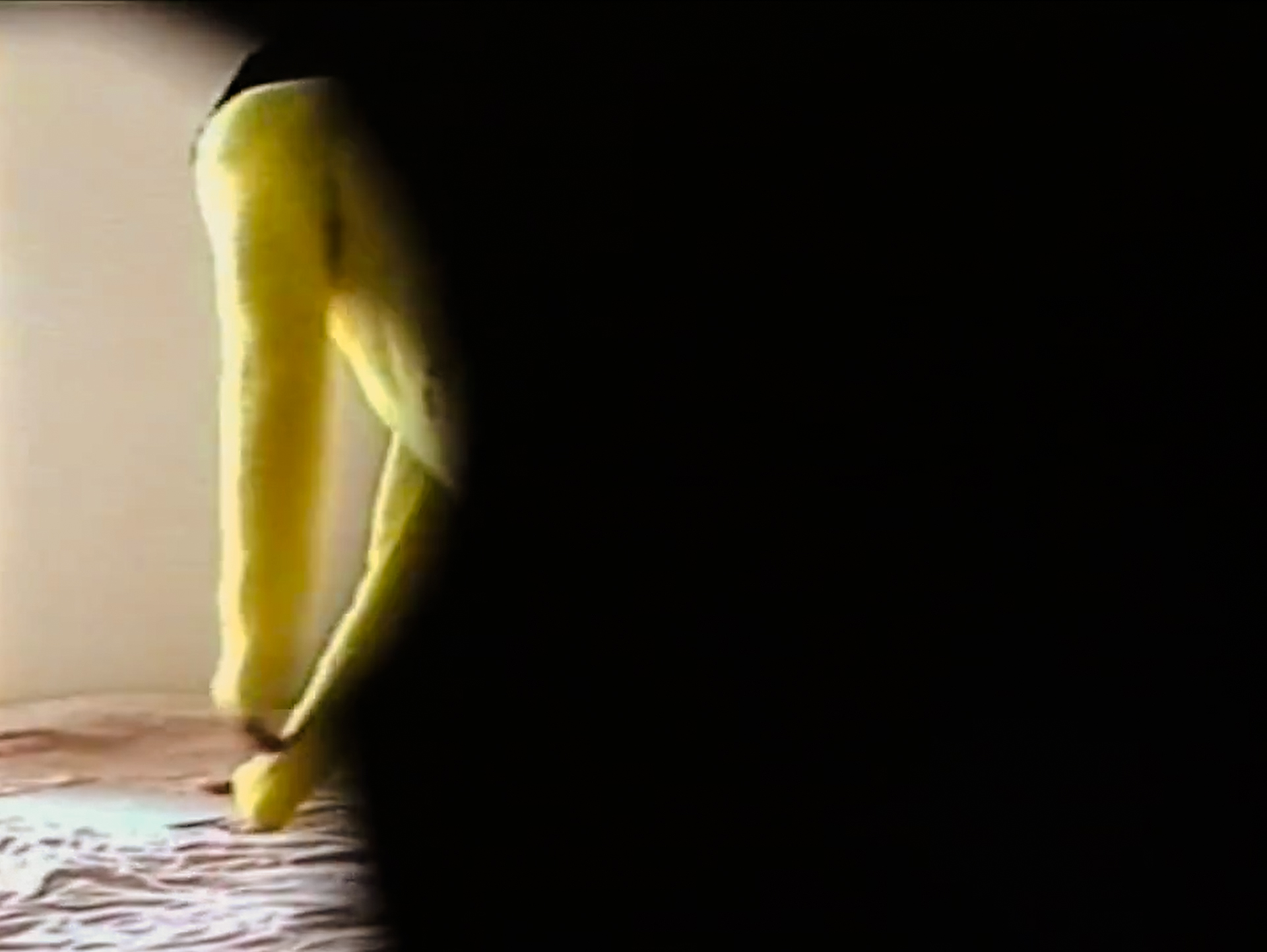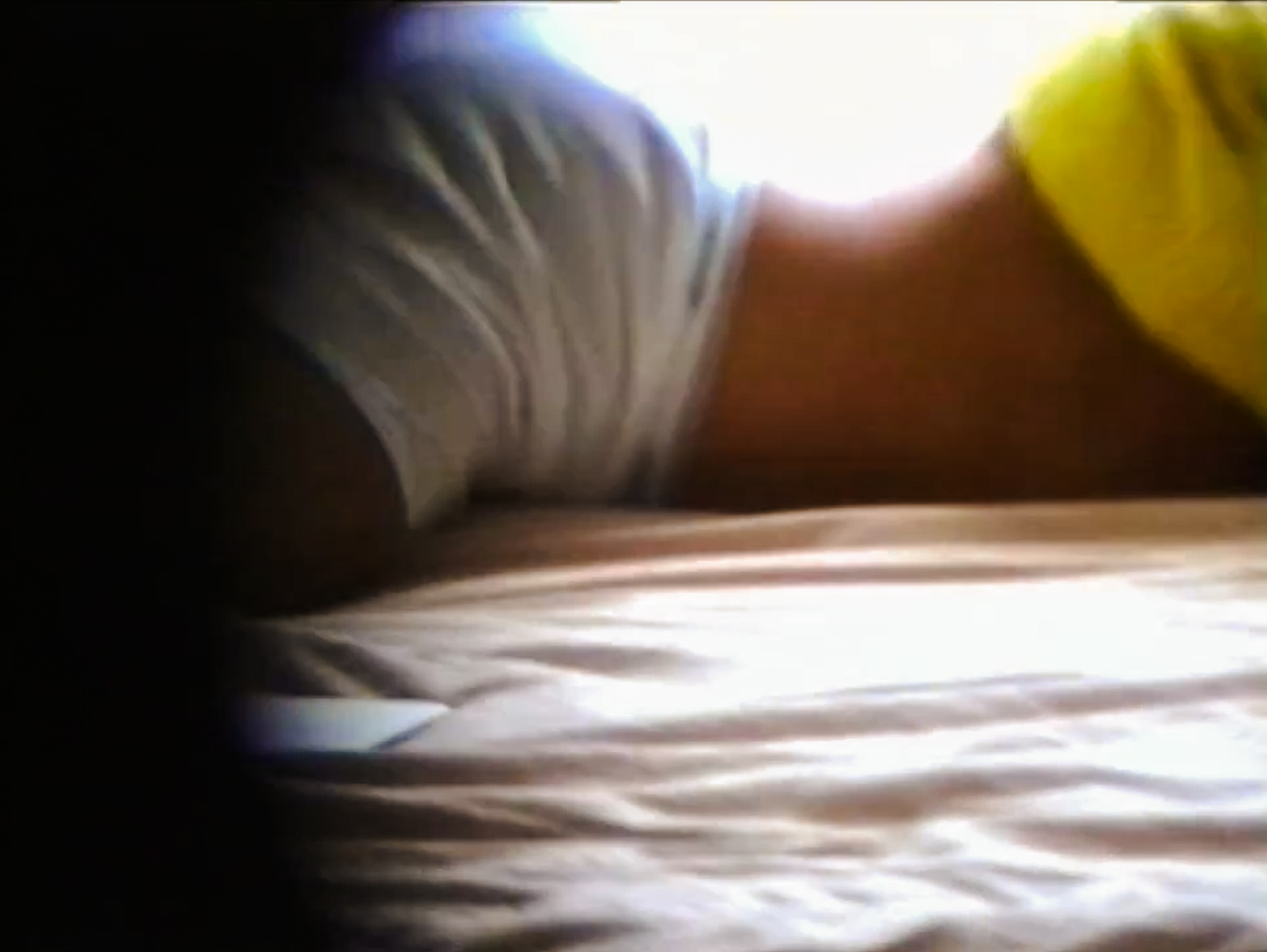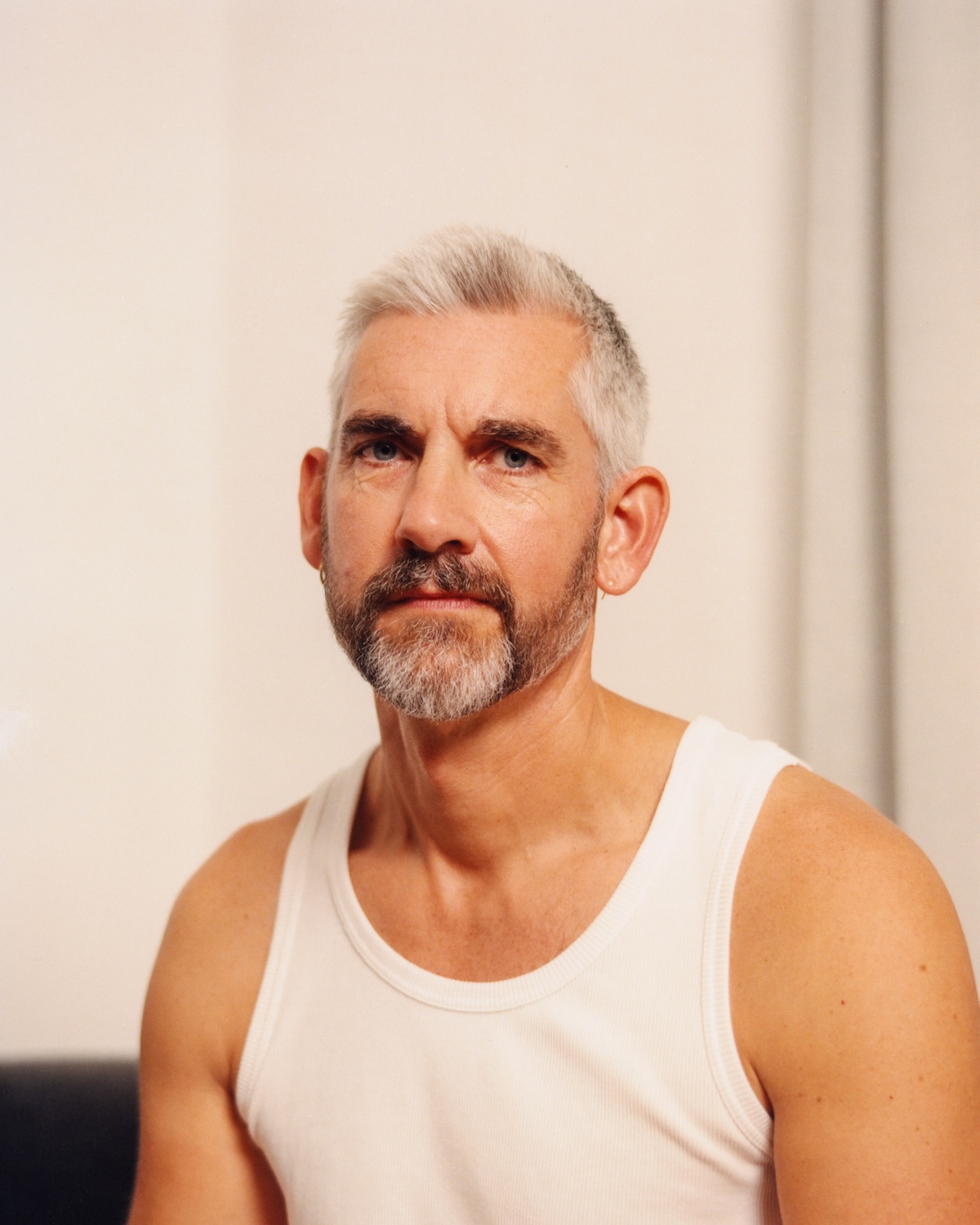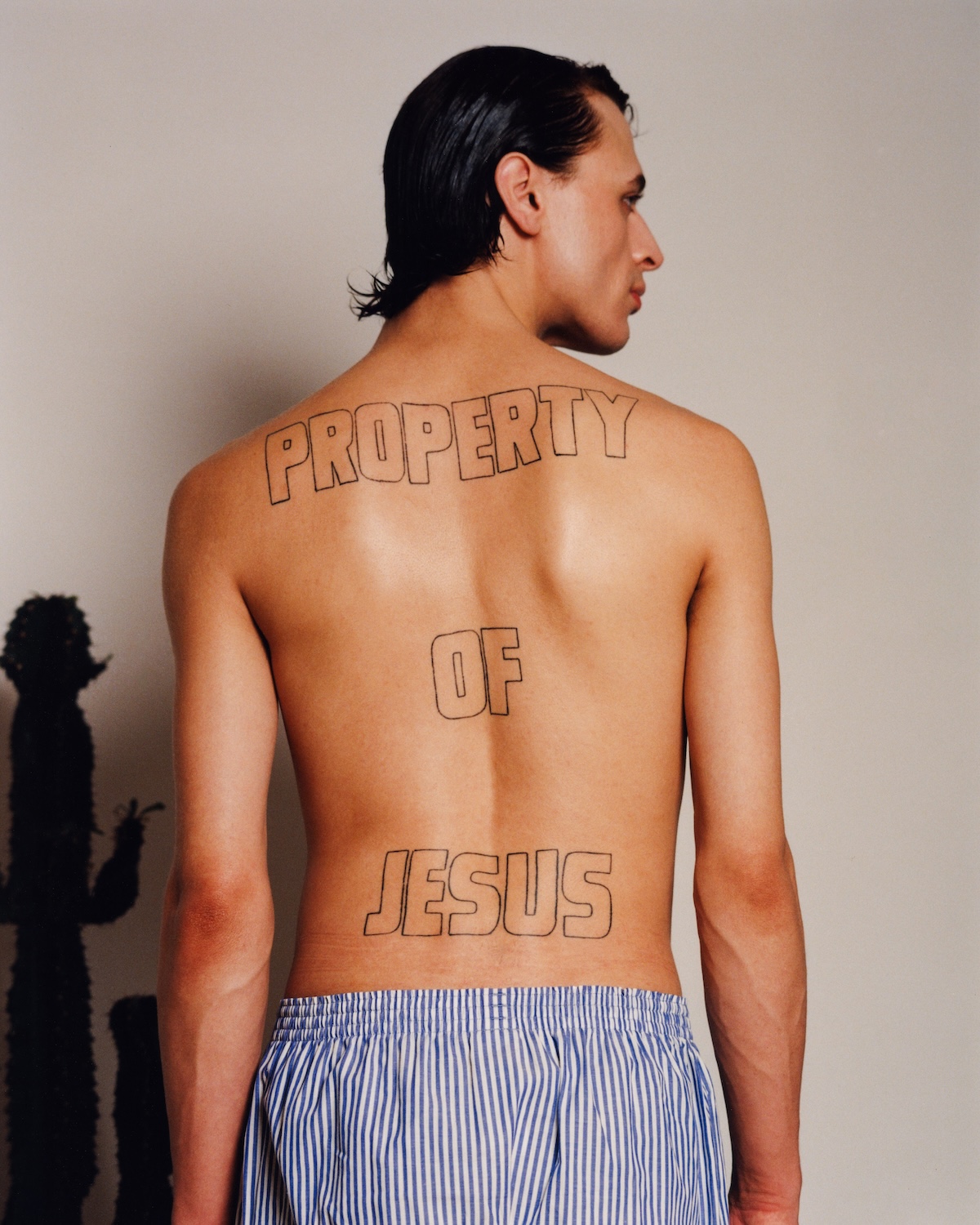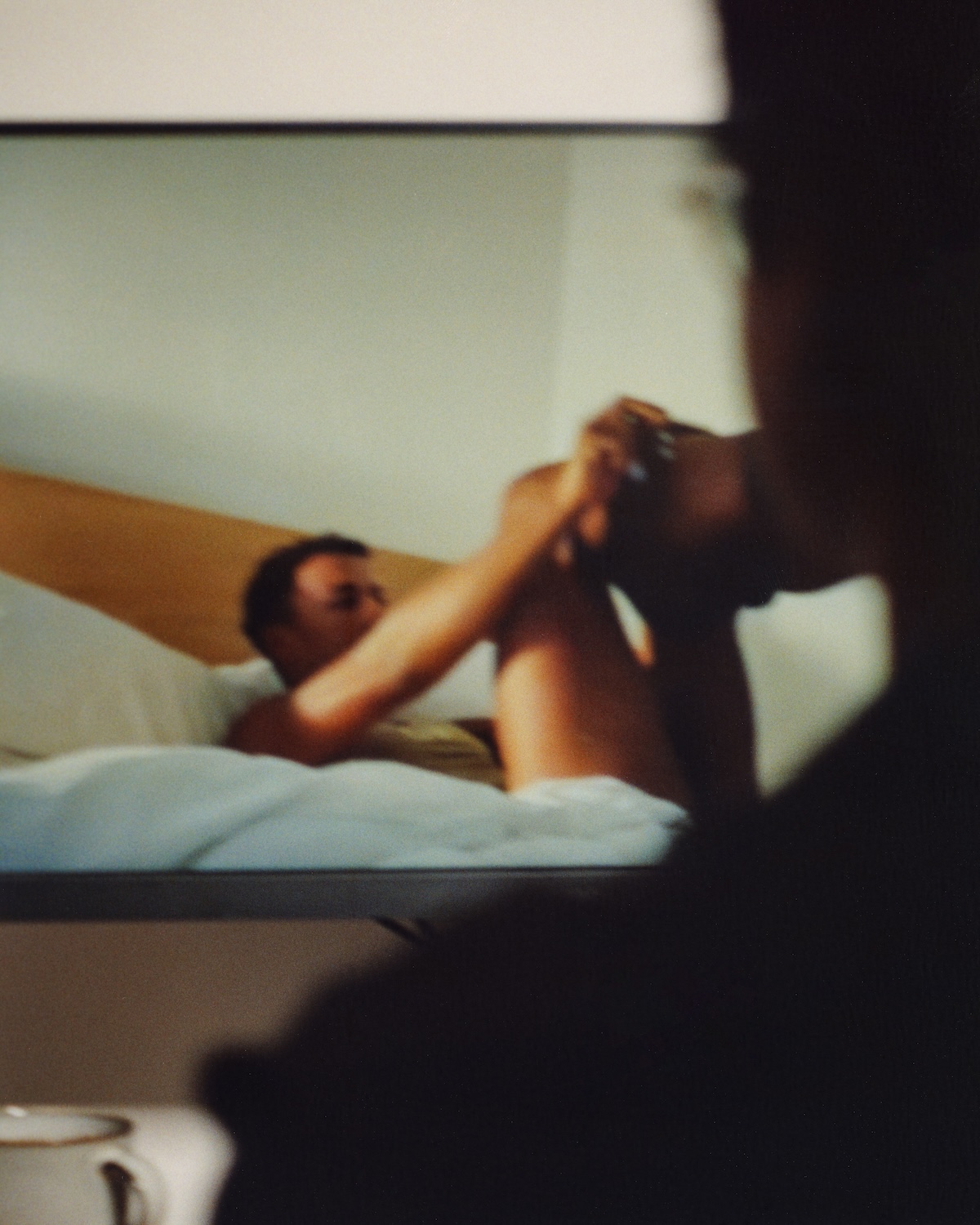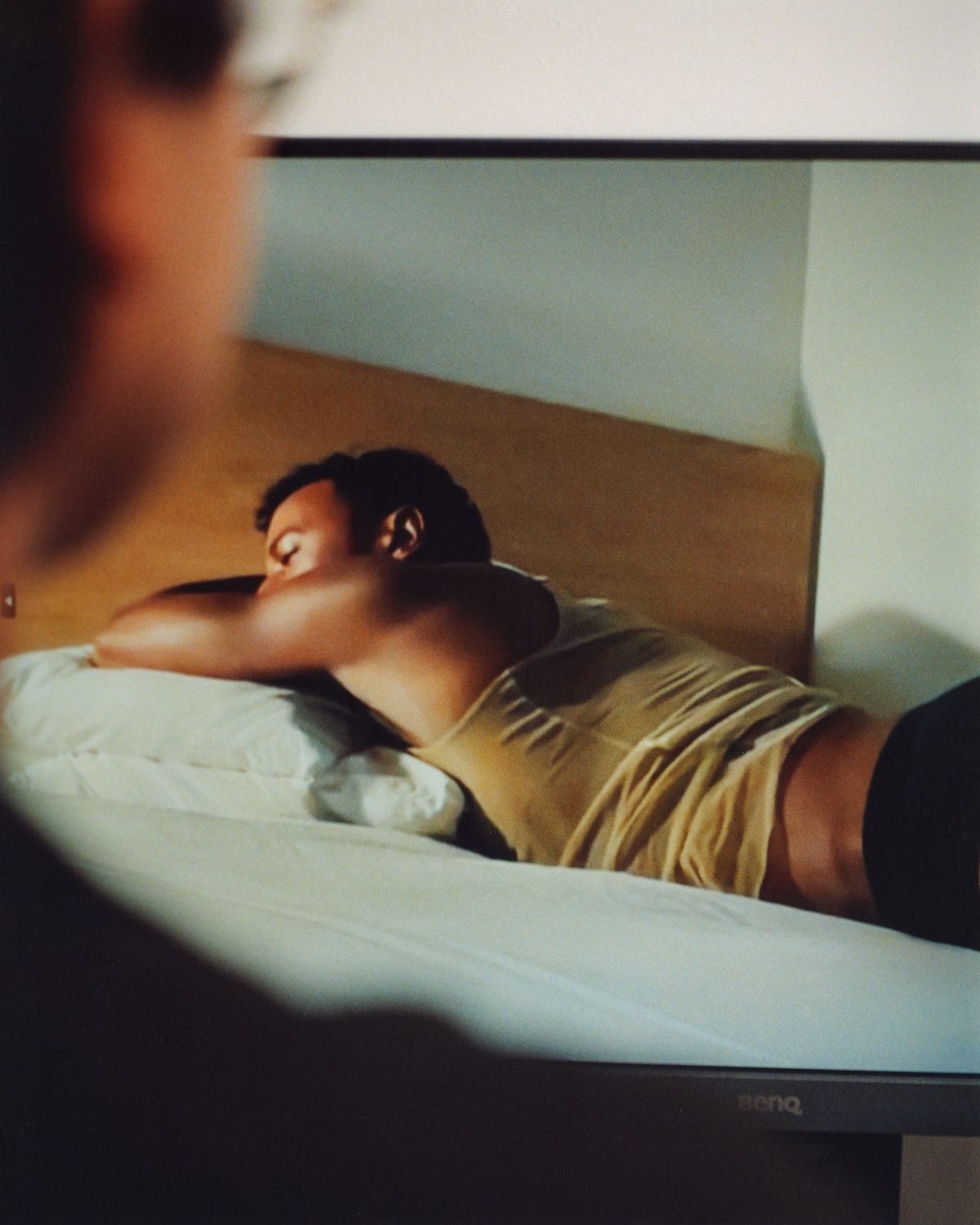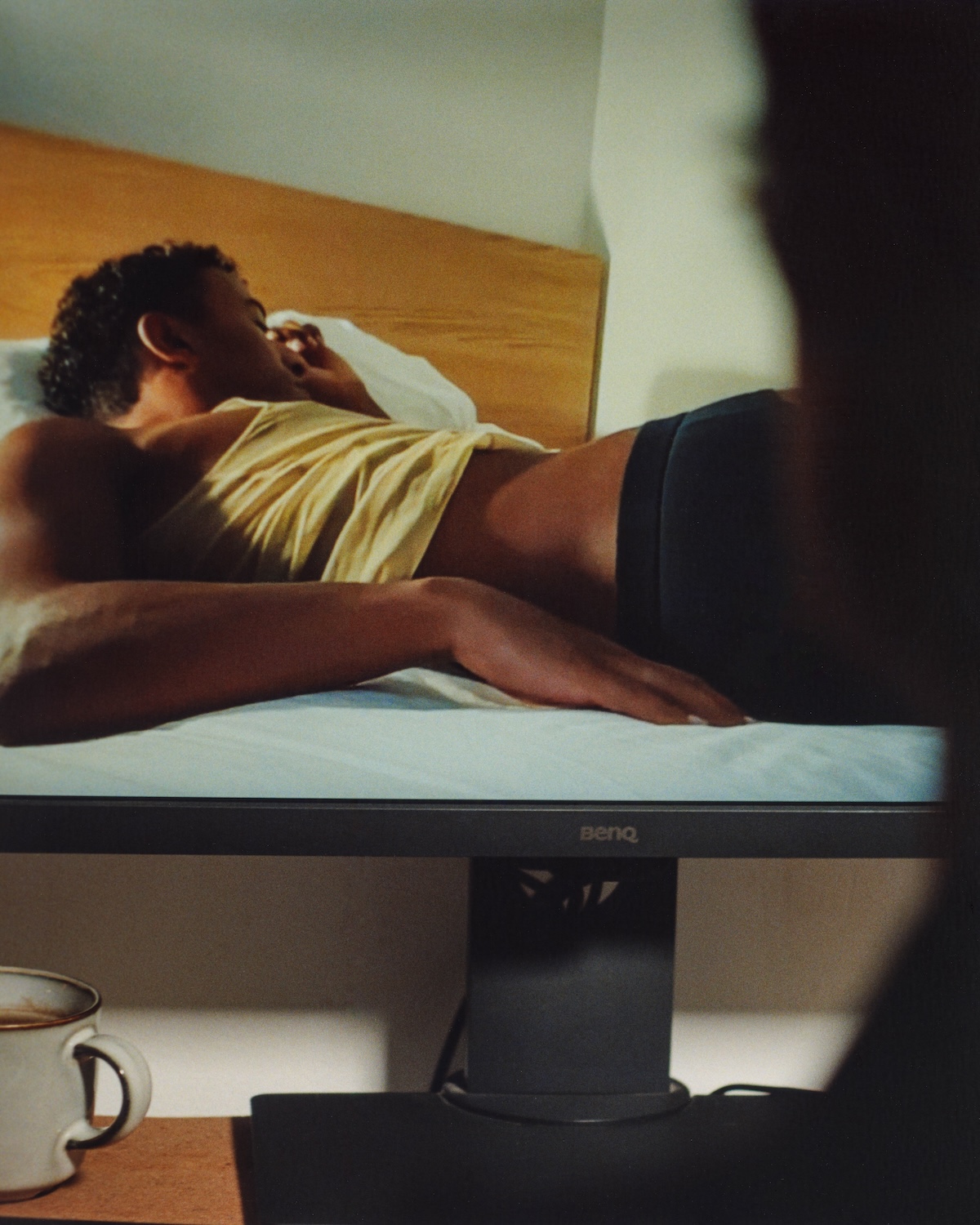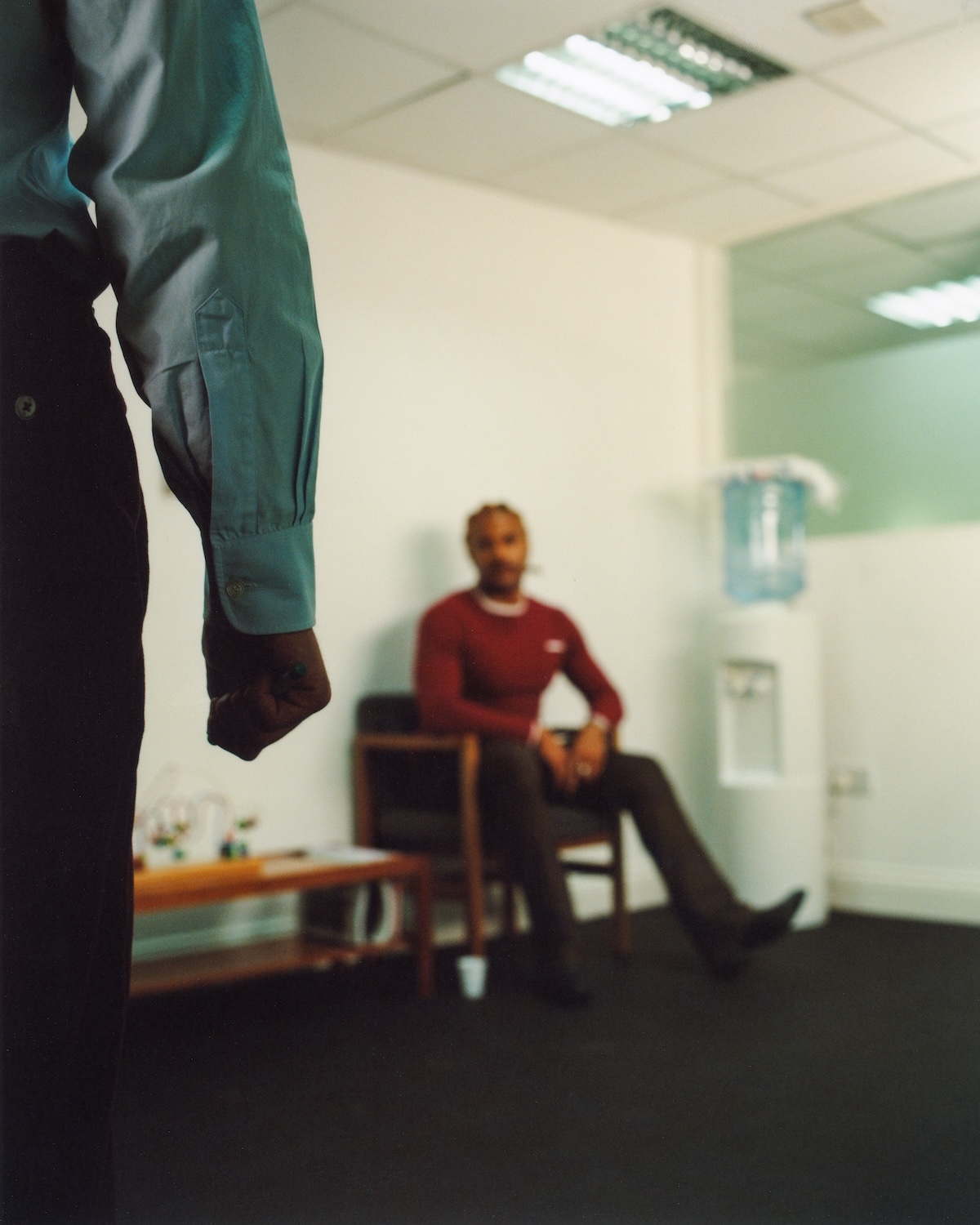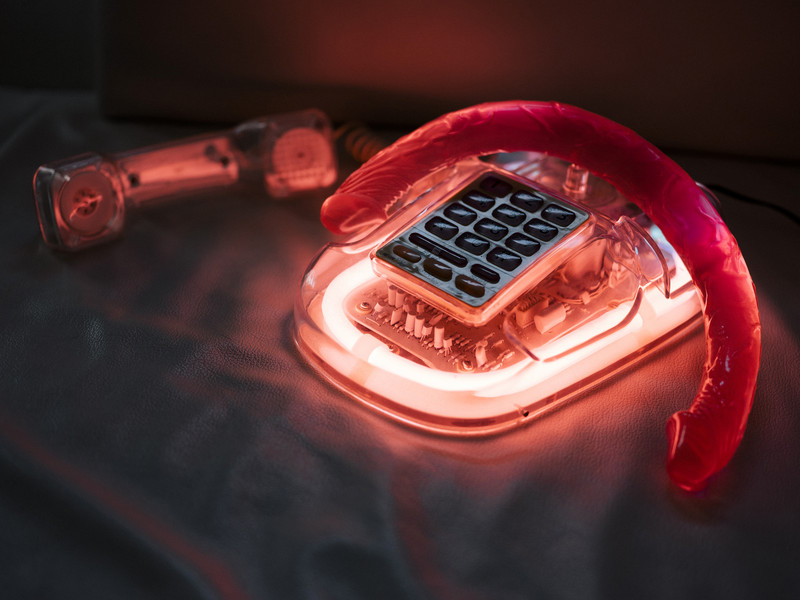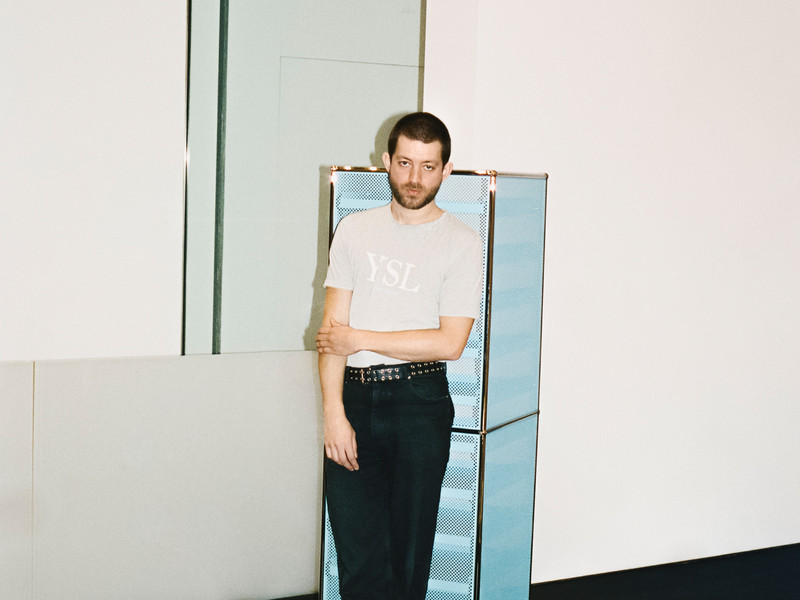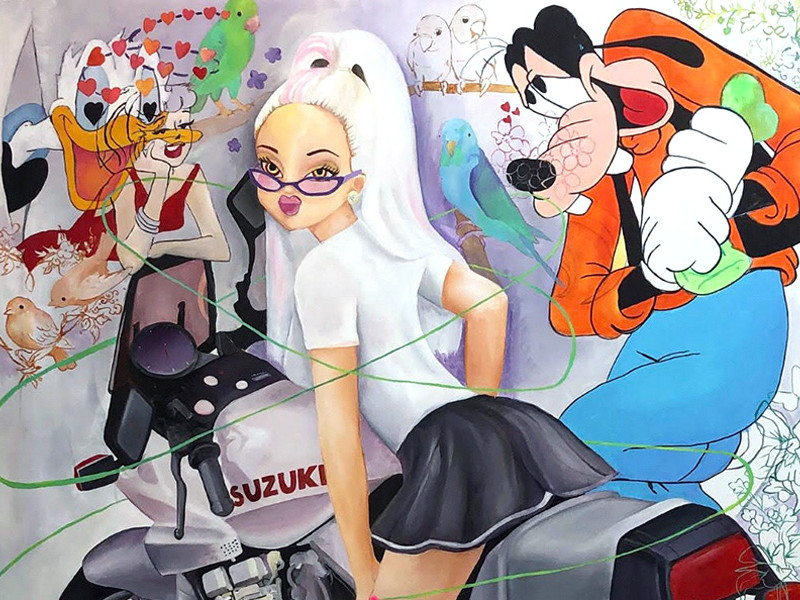NEMESIS
How did you two originally meet?
Martti Kalliala: We met in 2013 in Berlin through our mutual friend Daniel Keller. We already knew of each other—we’d both contributed to an anthology of books called Solution Love [Sternberg Press], which was edited by another mutual friend—but we didn’t actually meet until Daniel organized a brainstorming session for this work he was doing on the theme of seasteading. We became friends from there.
Emily Segal: There was a lot of social convergence in Berlin at the time. This was also when the Janus party was happening, which was started by a group of our friends including my cousin and a dear friend from college, and Martti would play there as part of Amnesia Scanner, his music project. So, it was sort of inevitable that we’d cross paths.
Friendship is one thing, but for artists, recognizing another as a potential collaborator is something else. How did you decide to work together?
Emily Segal: As I think is apparent even from the circumstances in which we met, there has been a lot of interdisciplinary activity on both sides. We had these sort of complementary practices that hit on a lot of similar themes related to technology and culture, but expressed them in different ways. Our friendship has always included a free exchange of ideas, and I was aware of that back-and-forth being an essential part of a creative practice, having been part of a collective [K-HOLE] for the previous five years. In the summer of 2017, we started discussing a collaboration more concretely. We felt like we’d work well as a duo, and that together we could pilot this new model, and create a different kind of consultancy.
How did you envision the practice?
Emily Segal: The idea has always been to use our relationships with clients as a way to stockpile different concepts and ideas, which we then use to engage a network of people we know, and produce independent projects, creating a discursively generative practice in its own right. In that sense, it was similar to some of what K-HOLE was doing, and conceptually, it all tied into certain ideas in Martti’s work: design strategy, architecture, urbanism. But Nemesis is different from what either of us had done before, in that it’s not an art project—it’s a business. It’s really a hybrid, actually—an agency, an intellectual endeavor and even a publishing project. But it’s not ‘Art’ with a capital ‘A,’ which is important.
What drew you to the name Nemesis?
Emily Segal: Nemesis is the ancient goddess of justice, who’s sort of the scale-balancing figure of Greek mythology. She’s a goddess of revenge, but in a justice-oriented way. She brings just deserts down on people.
Martti Kalliala: She speaks truth to hubris, which I think is a nice way of describing what we do as a consultancy as well.
Emily Segal: Exactly. In learning about the actual goddess, I was fascinated that in one of her most famous mythological moments, where she’s impelling Narcissus to fall in love with his own image, she’s actually helping the nymph Echo get revenge on him because he’d broken her heart. I thought that image was really striking, particularly with Narcissus being this motif in Marshall McLuhan’s writing, representing man’s fixation on technology, getting stuck on his own image. It was nice to find this other figure who was involved mythologically in that circuit and pull her out of the woodwork.
I was also really interested in the discrepancy between the mythological figure of Nemesis and the way the word has come to function in colloquial language: basically meaning enemy, but sort of a playful enemy, like Newman in Seinfeld. It’s not necessarily the most violent type of conflict, but it can be. I like that the name is a little menacing without being too aggressive. Something I’ve learned from various endeavors in branding is that sometimes when names have a little bit of a negative ring, it makes them stickier, and easier to remember.
It must have done the trick—it seems like you were able to find client work for Nemesis almost immediately.
Martti Kalliala: Yes. As soon as we decided to move forward, we were lucky enough to get two projects right away, and it went from there.
Emily Segal: It was funny, because we had like one conversation before we got started on client work and began writing ideas together, doing image research, collecting information on Are.na. It’s basically the opposite of when a group of friends talks about starting a band for five years. There wasn’t a lot of preamble—we just dove in.
Martti Kalliala: Really, things got going before Nemesis was even fully conceptualized. A year later, we have a much clearer sense of what the business is, how it operates. But even now, we’re still in the process of formalizing.
How did you go about securing those initial jobs? There wasn’t much in the way of a Nemesis digital presence until fairly recently—were you sending proposals privately? Or relying on word of mouth?
Emily Segal: At first, the work came through conversations I was already having, and that Martti was already having, where we were essentially merging portions of our freelance practices. But then, once Nemesis existed as an entity, we just explained to people that we were working together on this new thing. We started collecting all of our individual freelance projects under a single banner, self-consciously building it up as a practice. That way, things could lead to something larger and more consequential.
So, what kind of services does Nemesis offer?
Martti Kalliala: Besides our independent work, we do brand strategy, creative direction and cultural research. But not everything is meant for public consumption. So far, we’ve done several in-depth reports building on cultural research, on topics ranging from travel to sex to spectacle in the age of mass fame. That’s maybe our main service—but we’ve also been working in the role of outsider creative director, being more hands on with design strategy and design consultancy.
Is it typically geared towards developing one-off campaigns? Or is it more along the lines of comprehensive identity branding?
Emily Segal: Both. We’ve done cultural reports and trend reports, where we take a certain topic from a particular client, gather our research and have structured conversations around it, offering our perspective. But then the other, more involved side would be something like design strategy on the level of identity branding, or campaigns, or products. With a few of our client relationships, it’s been somewhere in-between, where it will start with a report, then get into discussions as to how those ideas might be implemented, and ultimately lead to a kind of creative director’s role from there.
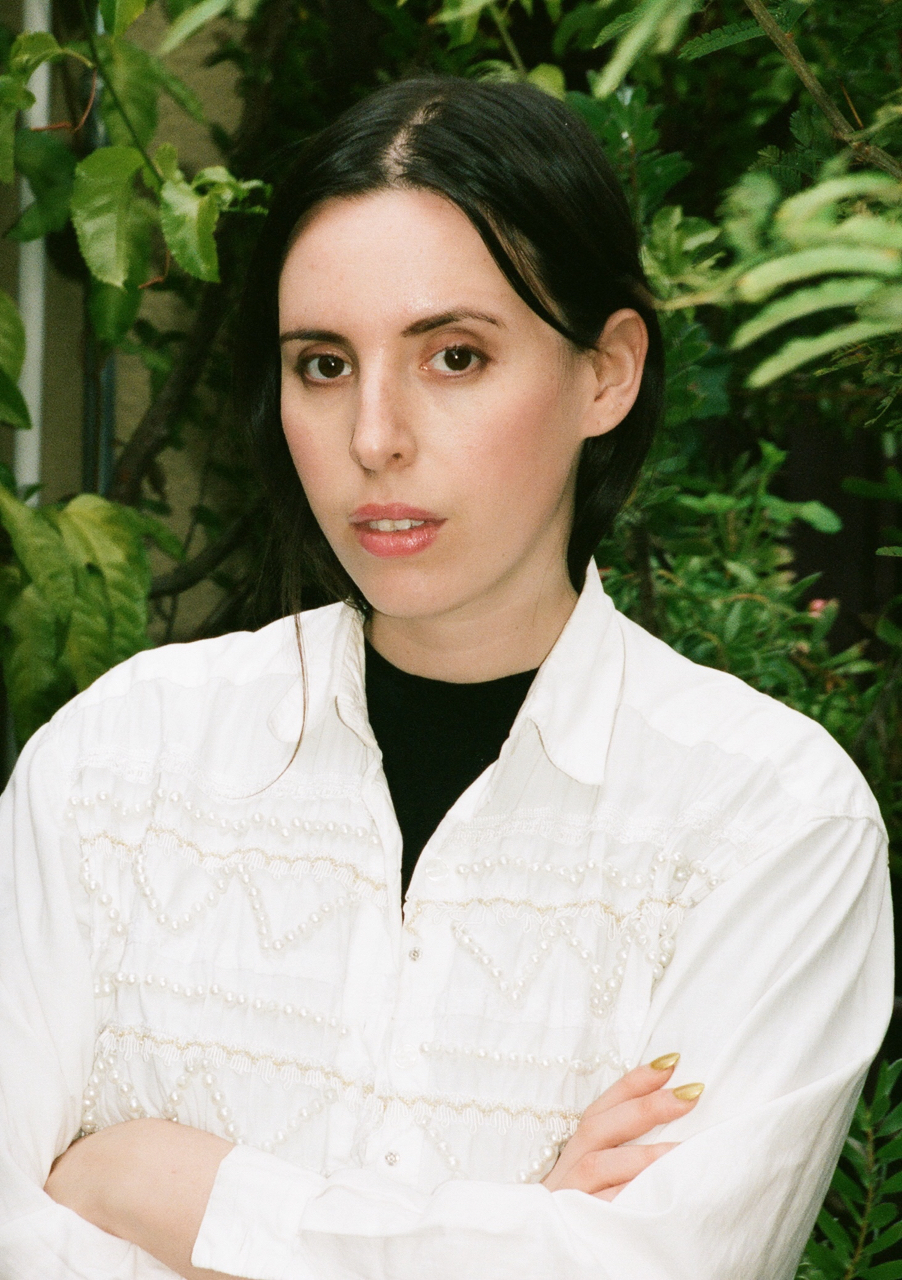
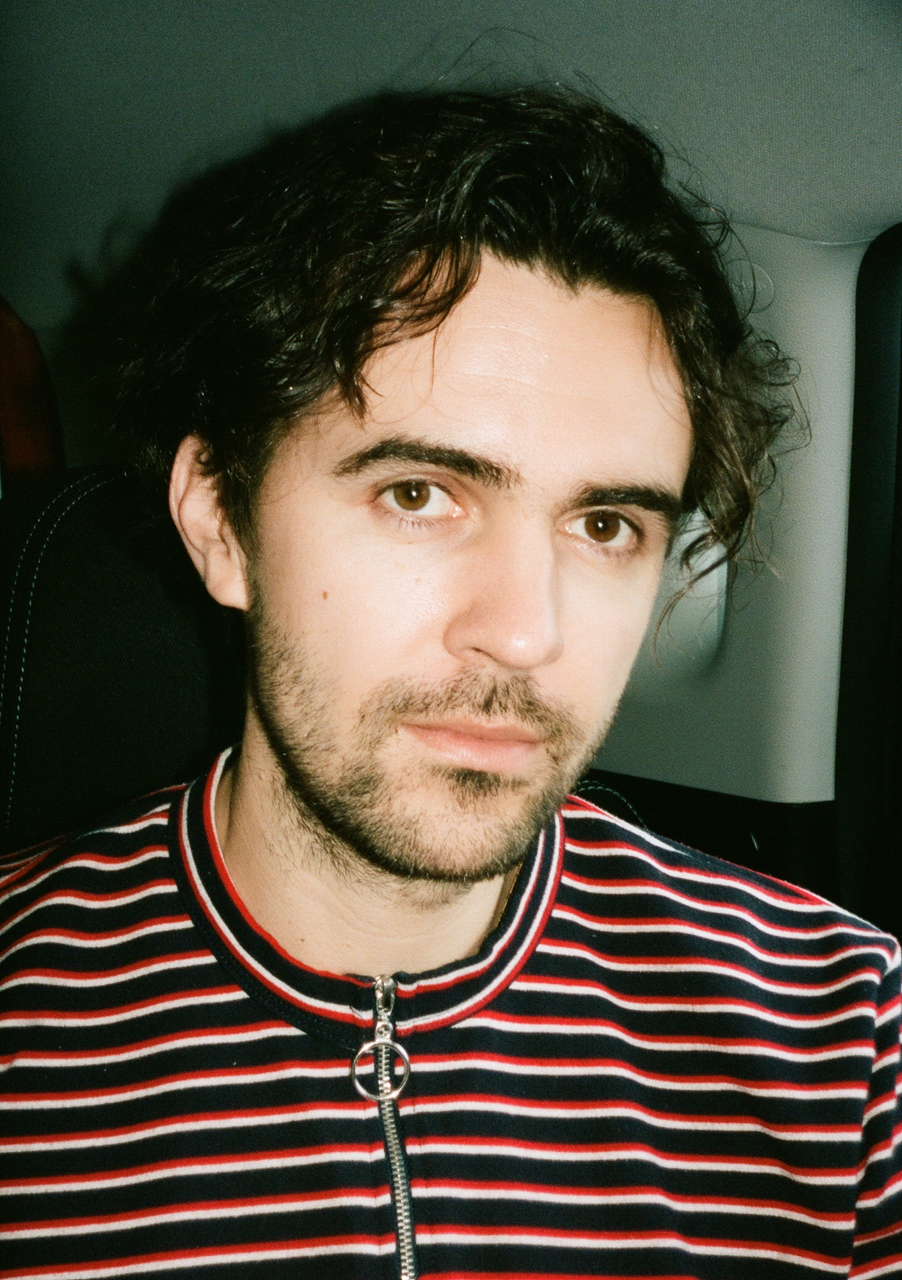
In addition to agency work, you’ve also referred to Nemesis as a think tank. How does that label apply?
Emily Segal: I think we use it as a sort of shorthand. It refers to the fact that we produce commissioned reports on certain topics that share certain traits of traditional think tanks—developing white papers, for example. In that sense, we’ve been directly inspired by AMO, the think tank branch of the architecture firm OMA, where the idea is that you can take these types of commercial projects and derive from them cultural research that is itself useful. That gesture was very influential to each of us. But ‘think tank’ is also a way of reminding people that Nemesis is an ongoing investigation, where we’ll be accumulating all of this different knowledge as we work with different clients, developing different ideas without necessarily making them public for a time.
Let’s talk about a few of those ideas. For instance, you two seem to share an interest in alternative theories of value: crypto-economics, UBI, emergent forms of luxury.
Martti Kalliala: It’s definitely an important common thread. With Nemesis, we’re interested in theorizing luxury, and part of that has been looking at value through different lenses. Also related is the idea of hype—particularly hyperstition, and how it reflects a cultural dynamic. But we’ve actually spent time working with some crypto companies, and a lot of the same ideas arise in those conversations, although we’re discussing them in a different context. That’s often true of our work: it arrives at similar places, but from different angles.
From the outset, your plan for Nemesis has included a series of public releases, the first of which is a forthcoming book called SPACE, due out sometime this year. What can readers expect?
Emily Segal: SPACE is basically a narrative essay that focuses on 25 spaces, real and imaginary, which together map out our theoretical journey with Nemesis so far. The text was drawn from different pieces of grey literature that have arisen in our work: private reports, internal decks, random notes, semi-business-related Google docs. We went back and collected all of this raw material, and we realized that there were these interesting spaces that kept on showing up: some of them were actual, physical destinations, and others were more theoretical, liminal, or even just imaginary. So, with each chapter in the book, we have these different vignettes—going from the boardroom of a major luxury corporation to the Burning Man playa, to a sensory deprivation tank, to Heaven.
You’re producing the book with Garret Publications, whose catalogue to date has focused mainly on art and design titles. Given your concerns about Nemesis being read as an art project, I wonder what made Garret the right fit?
Emily Segal: For one thing, the publisher is an old friend of Martti’s, which makes things a lot easier. But more than that, we thought it was important to situate the work within a design and architectural discourse. I think we’ve both found ourselves again and again uncomfortably oriented in those conversations, feeling like that’s where we belonged, but also being very annoyed by the norms, memes and spaces at play there. So, with this first release, we’re directly engaging that design and architecture space, but also trying to explode the clichés within it, doing things in a more loose, wild and random way.
In the meantime, Nemesis was recently invited to participate in Architecture Effects, a group exhibition at the Guggenheim Bilbao linking digital communication, visual art, economics and architecture. What are you showing?
Emily Segal: The work in the show takes text from one chapter from the book—a vignette about Heaven—and expresses it in two forms. First, there’s a 10-minute audio piece we did with our friend Colin Self, using the recorded text and collaging it with other sounds and found material. It’s more experimental than a podcast, a little more atmospheric, while still really portraying the original text. So, that’s accessible through an app, and serves as a kind of audio guide to the exhibition, although it’s nothing like a traditional guide you’d find at the Brooklyn Museum or whatever. Then, there’s a physical intervention in the gallery: 1,200 rolls of adhesive tape featuring custom designs we created with Lucas Mascatello, all piled into a sculpture about two meters tall, sort of like a Tower of Babel.
Martti Kalliala: The rolls of tape will be available to buy in the gift shop, as well. We’ve been thinking about the show in terms of merch, where the pieces are a physical counterpart to something as well as its commercial extension.
Emily Segal: Right. With this show, we’re really entering this new order of creativity, where you make the merch before the object—in this case, making merch based on a sound piece based on the chapter of a book that hasn’t been published yet.
As they relate to the content of the book, do you see the Guggenheim pieces as acts of translation, or embodiment, however literal?
Emily Segal: I’d say more translation, where we’re plucking out phrases and imagery related to the themes of the book: luxury, and comfort, and death, and design. There’s this idea that 100% design means 0% chaos, which would be a form of death, and that true luxury would be freedom from all desire, and that’s how we end up in this kind of heaven, where nobody works and nothing ever happens, like in the Talking Heads song. It’s not about a Judeo-Christian ‘place’—it’s more theoretical. So, the work is meant to speak to those ideas without literally spelling them out.
It’s interesting, because Emily, you’ve similarly translated your own novel-in-progress to exhibition settings: with your 2016 installations at Witte de With Contemporary Art and Project Native Informant, you were again trying to convey a written work in a physical presentation—and again working with a text that was not only unpublished, but actually unfinished. I wonder, in either case, whether the exhibition process has informed the final content of the book itself?
Emily Segal: Like you suggested, it has a lot to do with the timeline of the larger project. In the case of my novel, it took much longer to write it, because I was composing it from scratch. So, I did those ‘leaks’ in an art show context really early on in the process, in part because I wanted to make a deal with the world and establish that I was really, actually doing this project, but also because I wanted to challenge the conventional wisdom of having a monastic, sealed writing experience. In that sense, it did affect the actual process of writing the book, and the way the content ended up being generated. With the Guggenheim show, we already had most of the Heaven text written, since it’s a shorter piece that draws on pre-existing content. But if not the book itself, I’m sure the Guggenheim show will inform the discourse around the book, and I’m sure we’ll learn a lot about how people respond to our work in general, since this is first time it will be hitting the air.
This August marked the first anniversary of Nemesis. Looking ahead, what are your goals for the second year?
Emily Segal: In a way, the first year of working was like a data set generated from an experiment. Now, having gathered that information, we can iterate on different formats of working, which includes expanding the depth of our thinking, the scale of the projects, and the number of people involved. This first year, everything happened very organically. Now, we have a chance to see what will stick.
‘Architecture Effects’ is on view now through April 28, 2019 at Guggenheim Bilbao.

